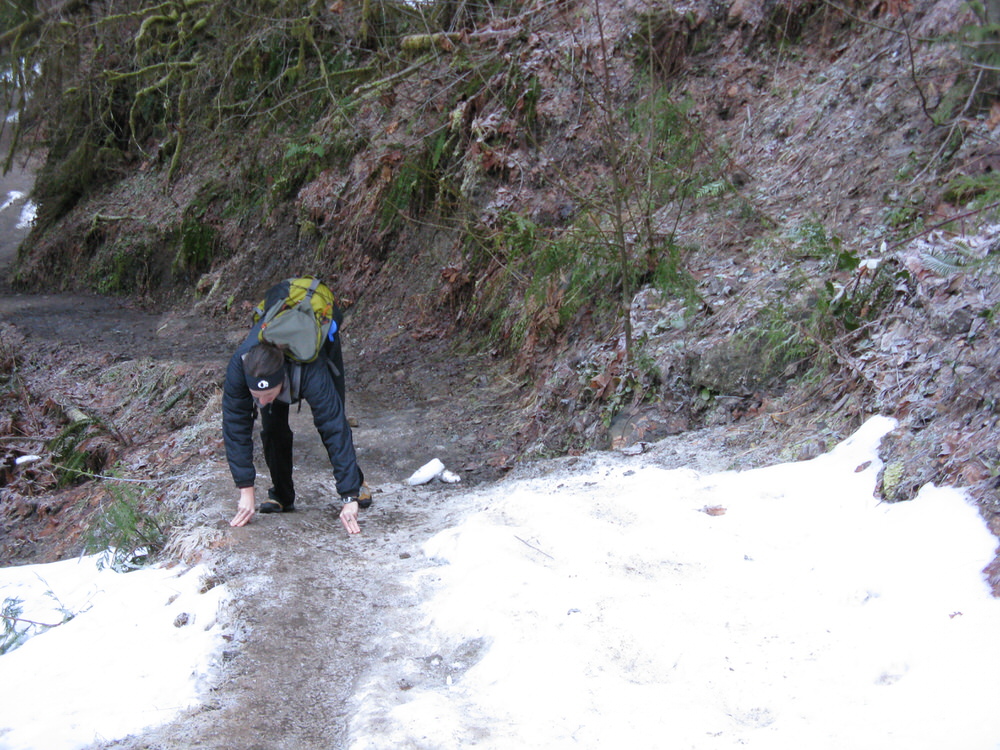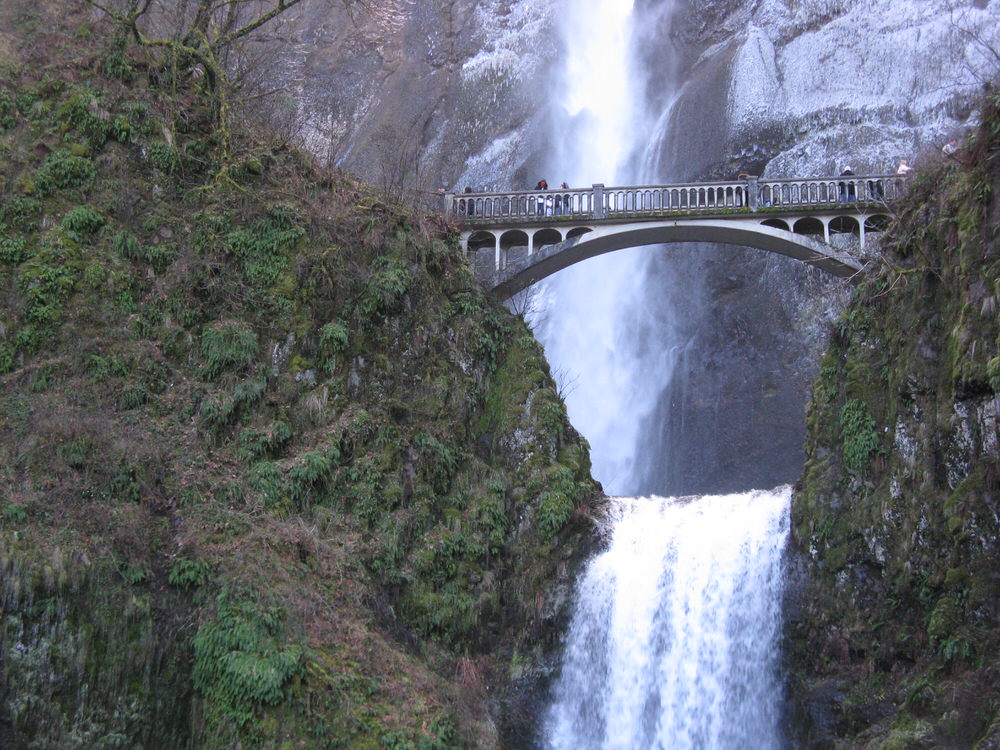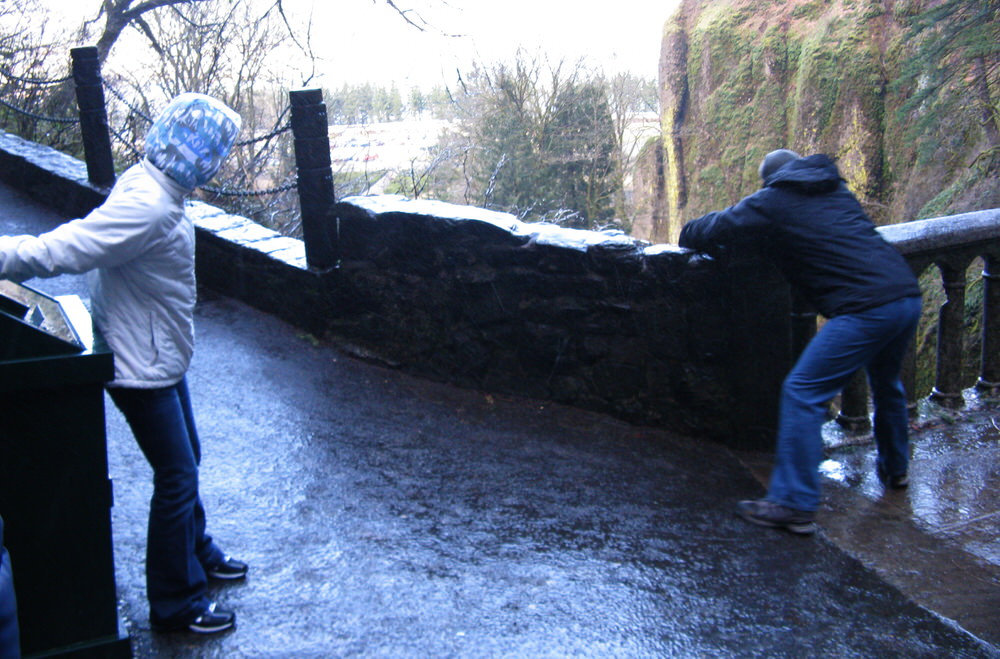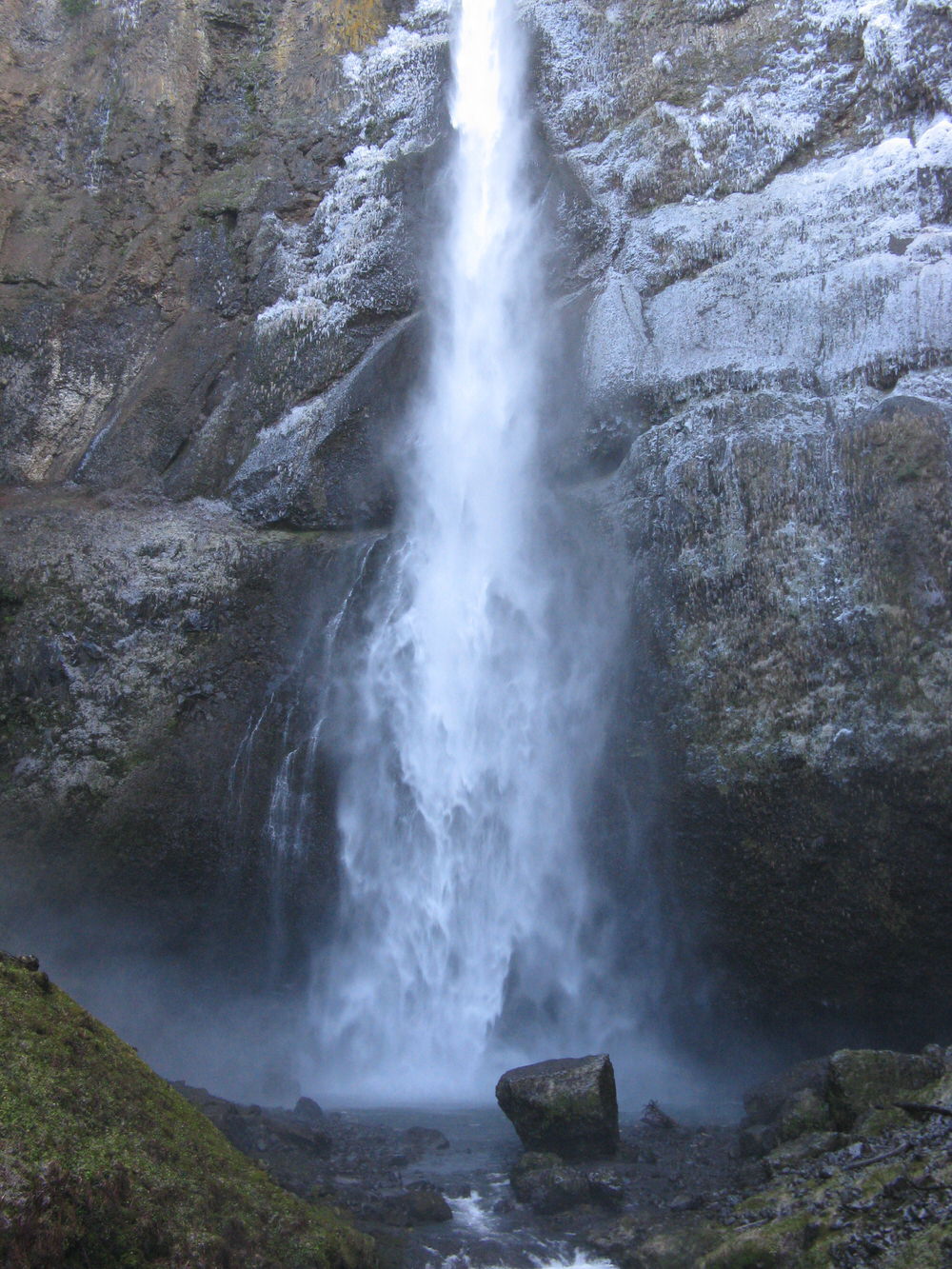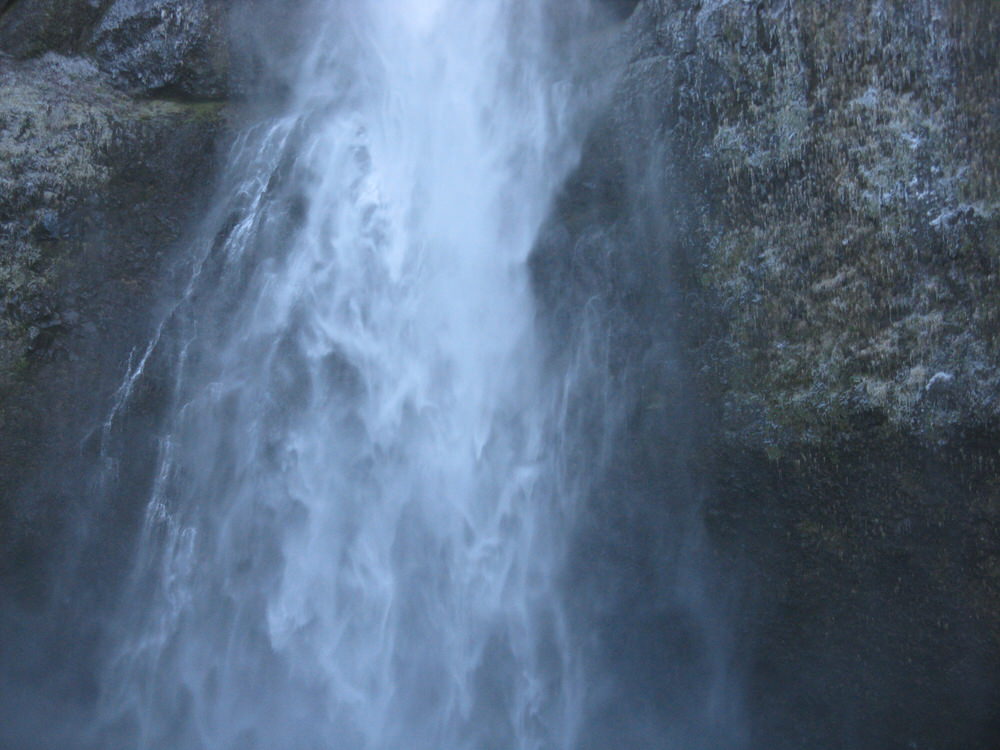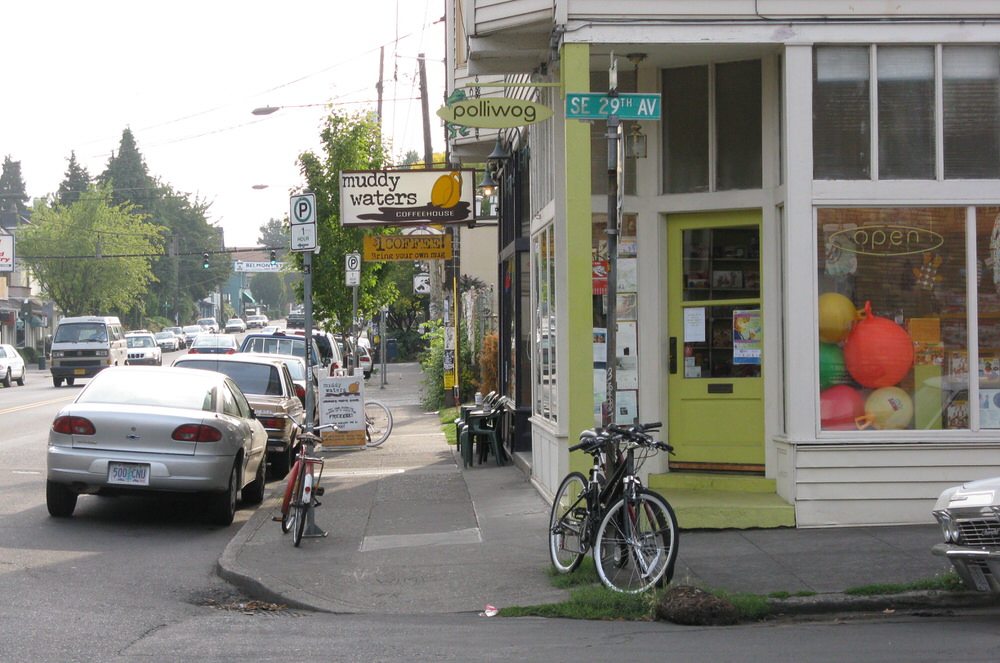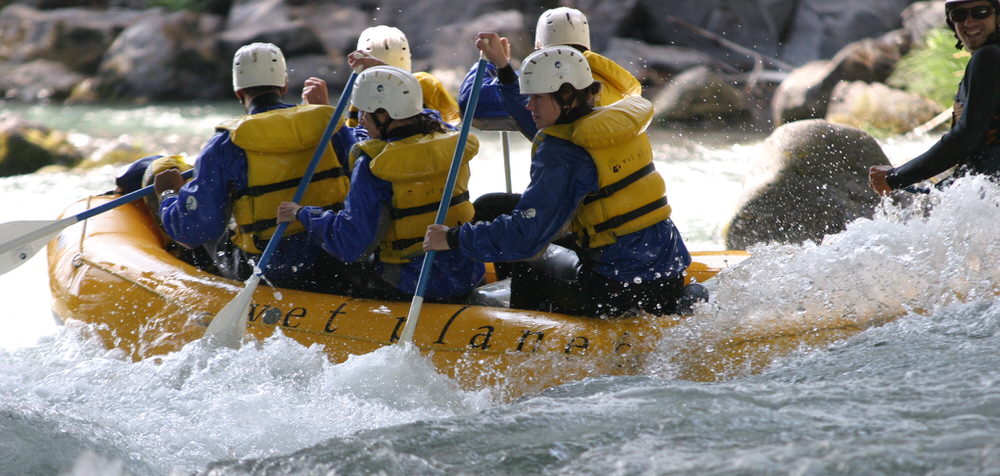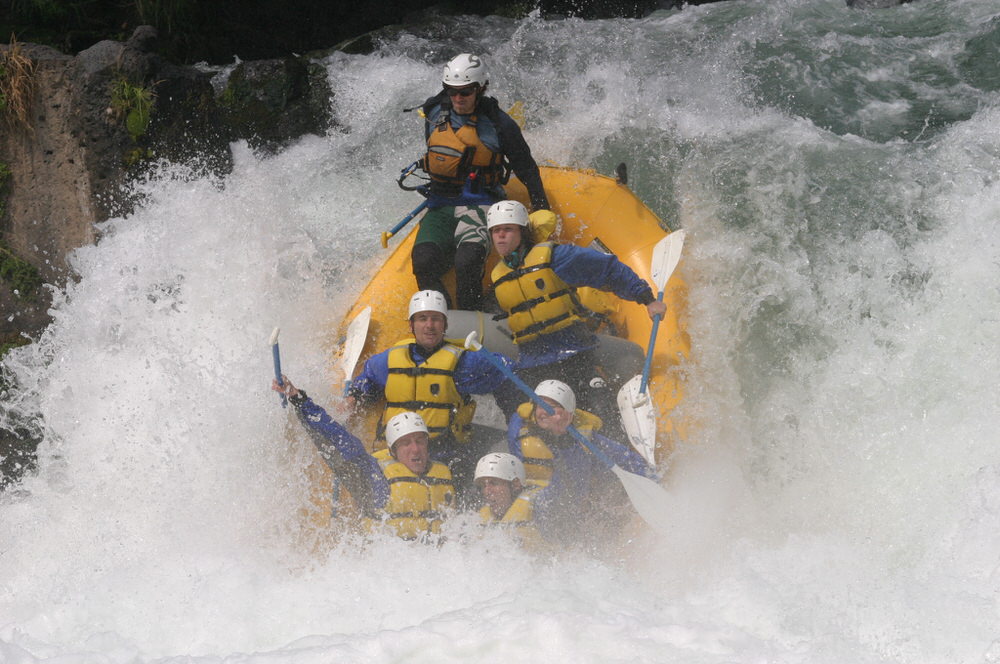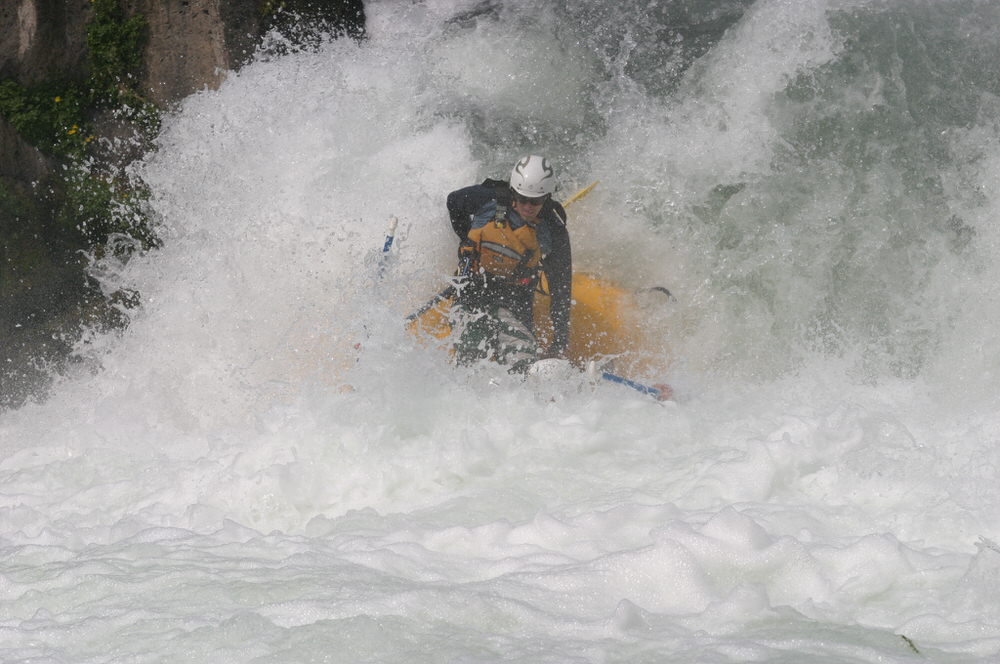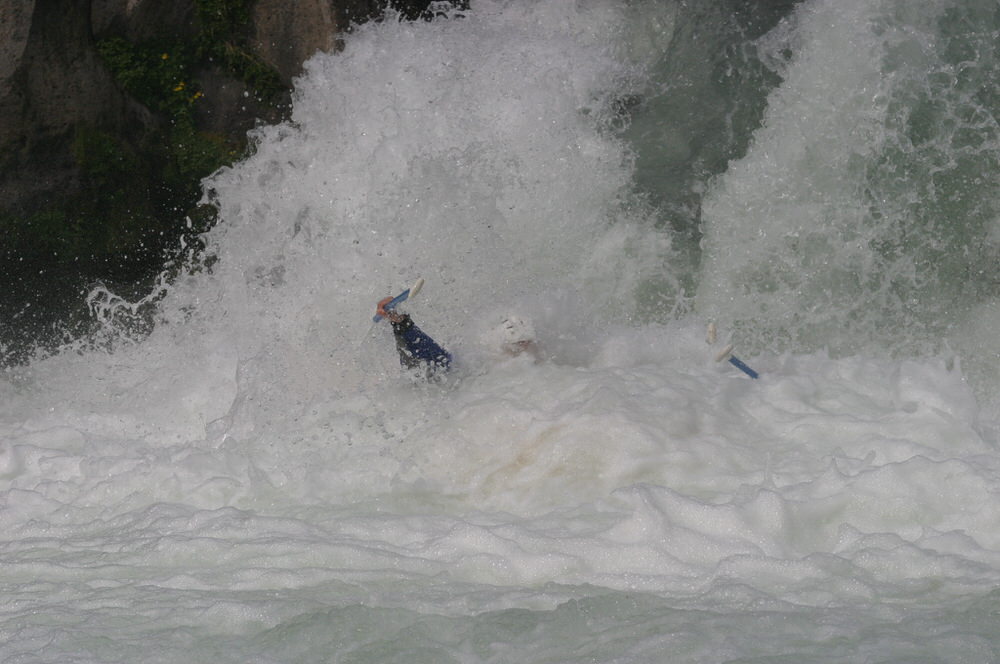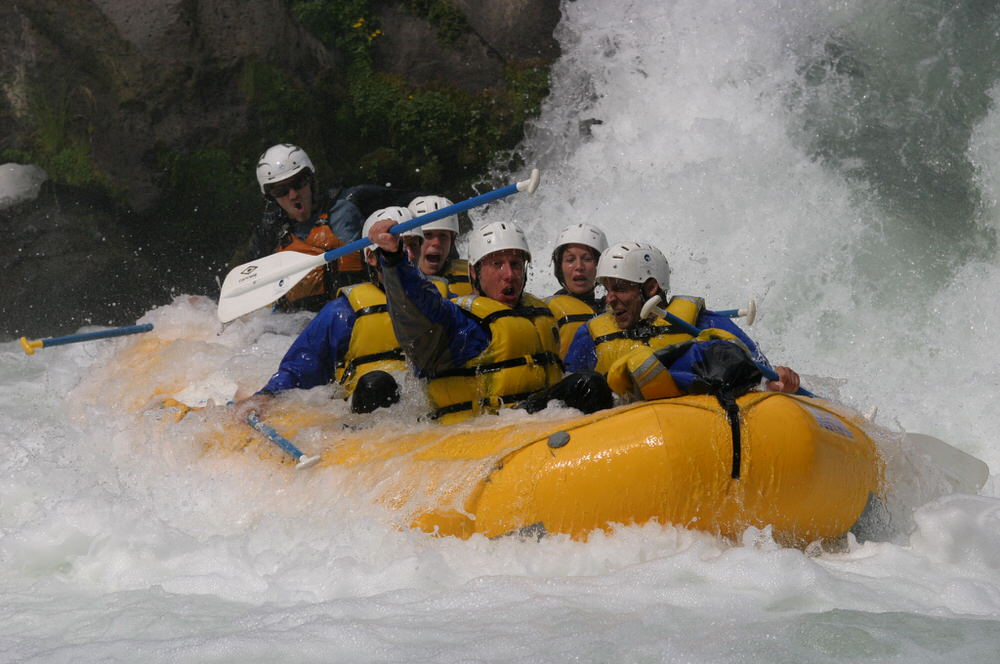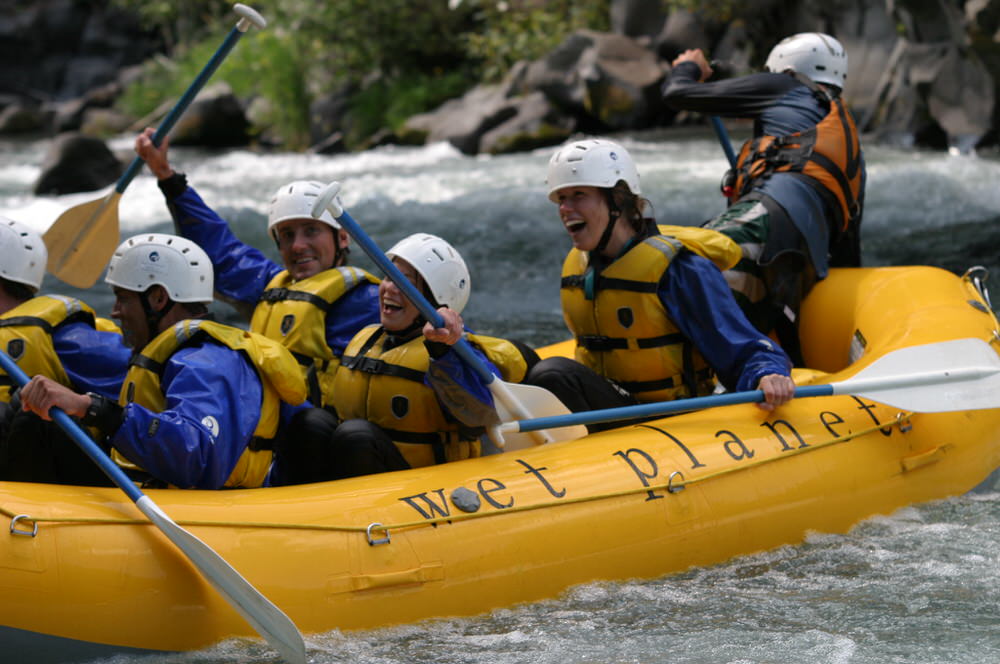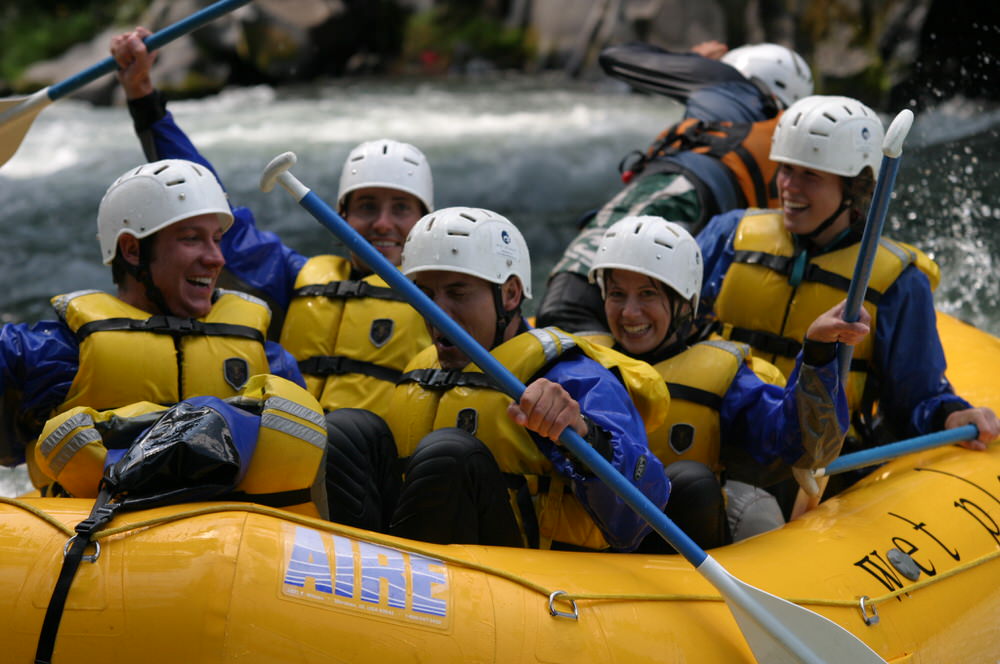Portland wears graphic tees and skinny jeans and slings a courier bag over its shoulder whenever it goes anywhere. Its favorite color, by far, is green.
The city defies traditional categorization in many ways. But it also has some definite preferences. And here they are, in no order whatsoever:
- Likes: Riding bikes, listening to indie rock, brunching, biodiesel, light drizzle, green space, sketching things in notebooks, brewpubs, organic stuff, reusable grocery bags, hanging out at coffee shops, tending vegetable gardens, feeding the chickens in the front-yard hutch
- Dislikes: The Man, 9 to 5 desk jobs, strip malls, carbon footprints, categories, automobiles
I visited Portland, Oregon last week to scope it out as a potential next home base. I stayed with my friend Helen who moved from Birmingham in April. She lives in a newly-renovated, two-bedroom apartment in the hip Southeast part of town and started work last week as a teacher at a preschool where the students sing songs to Mother Earth and are allowed to take off their clothes whenever they want, provided they keep their undies on.

Helen lives with four cats who are constantly plotting against each other. This one LOOKS cute and harmless...
Here are a few things I really liked about Portland:
Everyone rides bikes
I felt very Portland as I rolled up my right pant leg, swung a leg over my bike and started peddling across town for a lunch date. In the west coast port city, the majority of the population, it seems, moves about on two wheels, and the question "Wanna ride bikes?" is as common among adults as second graders. Just my style.

A guy riding his bike in the park downtown along the Willamette River, taken with my old-fashioned camera. OK, not true. iPhoto is fun.

Voodoo Doughnuts
I have never tried a doughnut coated in Tang. Or Fruit Loops. Or Butterfinger crumbles.
All these toppings were options, though, at Portland’s Voodoo Doughnuts, located downtown on SW Third Avenue. I opted for the doughnut smothered in chocolate, peanut butter and Rice Krispies — and mmmm, was it good.

The doughnut shop, located in a small brick hole-in-the-wall near the river, offers such specialties as:
- The Memphis Mafia — A large doughnut covered with glaze, chocolate chips, banana and peanut butter
- The Arnold Palmer — A cake doughnut covered with lemon and tea powder
- Triple Chocolate Penetration — A chocolate doughnut smothered in chocolate glaze and cocoa-puffs
- And, get this: The Cock-n-Balls — A doughnut shaped like… well, you know… and filled with triple crème (ewwwww!)
BTW, the folks at Voodoo are also licensed to wed, so if you’re feelin’ the love, here are your nuptial options:
- Intentional commitment: $25
- Legal commitment: $175 (includes the wedding, with doughnuts and coffee for 10)
- The Whole Shebang: $5,000 (includes airline tickets, a hotel room, sightseeing in Portland and the wedding package)
Powell’s Books

The flagship Powell's Books is three stories tall and a city block wide. As such, it’s a good idea to have trail mix, water and a few Band Aids with you as you enter, and it’s also smart to leave your itinerary and expected departure time with a trusted friend.
The Portland institution — which operates seven stores in the Portland area and a nationally successful Web site www.powells.com — is the largest independent bookstore in the world. Despite its size, Powell’s maintains personal touches, like handwritten reviews below especially noteworthy books.
Food carts
I tasted the best cupcake in the world — and I do not kid about things like this — from a food cart on Alder Street called The Sugar Cube. The so-scrumptious piece of heaven, called the ‘Amy Winehouse,’ was described on the chalkboard as “boozy yellow cake with a hint of orange zest dipped in sexy chocolate ganache. DAMN!”
Damn is right. (I returned the next day for ‘Highway to Heaven’ — a “chocolate buttermilk cupcake filled with salted caramel, topped with chocolate ganache.” And, damn again.)

Owner Kirsten Jensen in her cart
The Sugar Cube is one of many food carts lining the sidewalk at 9th and Alder. The mobile restaurants, which have popped up all over Portland in recent years, serve short-order cuisine from all over the world — everything from falafel to Polish sausages to vegetable pakoras to beef burritos. The options can overwhelm, but the food is tasty, quick and generally a good bargain. Plus, the sidewalk tables offer a premium vantage point for people watching.
Cheap bowling
Got a quarter? Then get yer bowlin’ shoes on! We could hear the rumble of balls rolling and pins falling as we walked through the parking garage at AMF Pro 300 Lanes, which is located directly under the alley.
The start to my game was rough. I knocked down maybe two pins during the first three frames (faulty ball, right?). My luck turned around during the second game, however, when I scored three strikes in a row and dominated the rest of the game.

I felt oddly tempted by the awesome socks in the vending machine.
Public Art
Been looking for a place to ditch the My Little Pony you no longer play with? Free-range dioramas are pretty common to run across on sidewalks and street corners. Anyone can contribute.

Take this telephone pole, for instance
Stumptown Coffee Roasters
This Portland coffee roaster, which operates several cafes throughout the city, serves super high-quality espresso coffees, many of which have delicate designs swirled in the foam on top. Stumptown owner Duane Sorenson flies all over the world — to Africa, Central and South America and Indonesia — to develop personal relationships with coffee bean farmers. He pays them more than fair trade price to help them sustain themselves and their communities.
The coffeehouses are hipster centrals and usually packed with folks socializing or tapping away on their MacBooks.

Noble Rot
The Noble Rot wine bar serves ever-rotating “flights” of wine — or three two-ounce pours with a common thread. We opted for the Willamette Valley Pinot Noir flight to get an idea of what’s produced in the area. Apparently, Oregon produces some of the finest Pinot in the world. We sampled:
- J. Daan, 2006
- St. Innocent, 2006, White Rose Vineyard
- Belle Pente, 2005 Estate Reserve, Yamhill-Carlton District
And our favorite? Numero tres.
Backyard fun

The Portlanders I met were smart, creative, laid back and fun. Makes for stimulating cookout conversation.
Obama all the way
In Portland, even sea creatures have the sense to support Obama!!!

 Along the way: ranches, barns, cows, fields of hay.
Along the way: ranches, barns, cows, fields of hay.



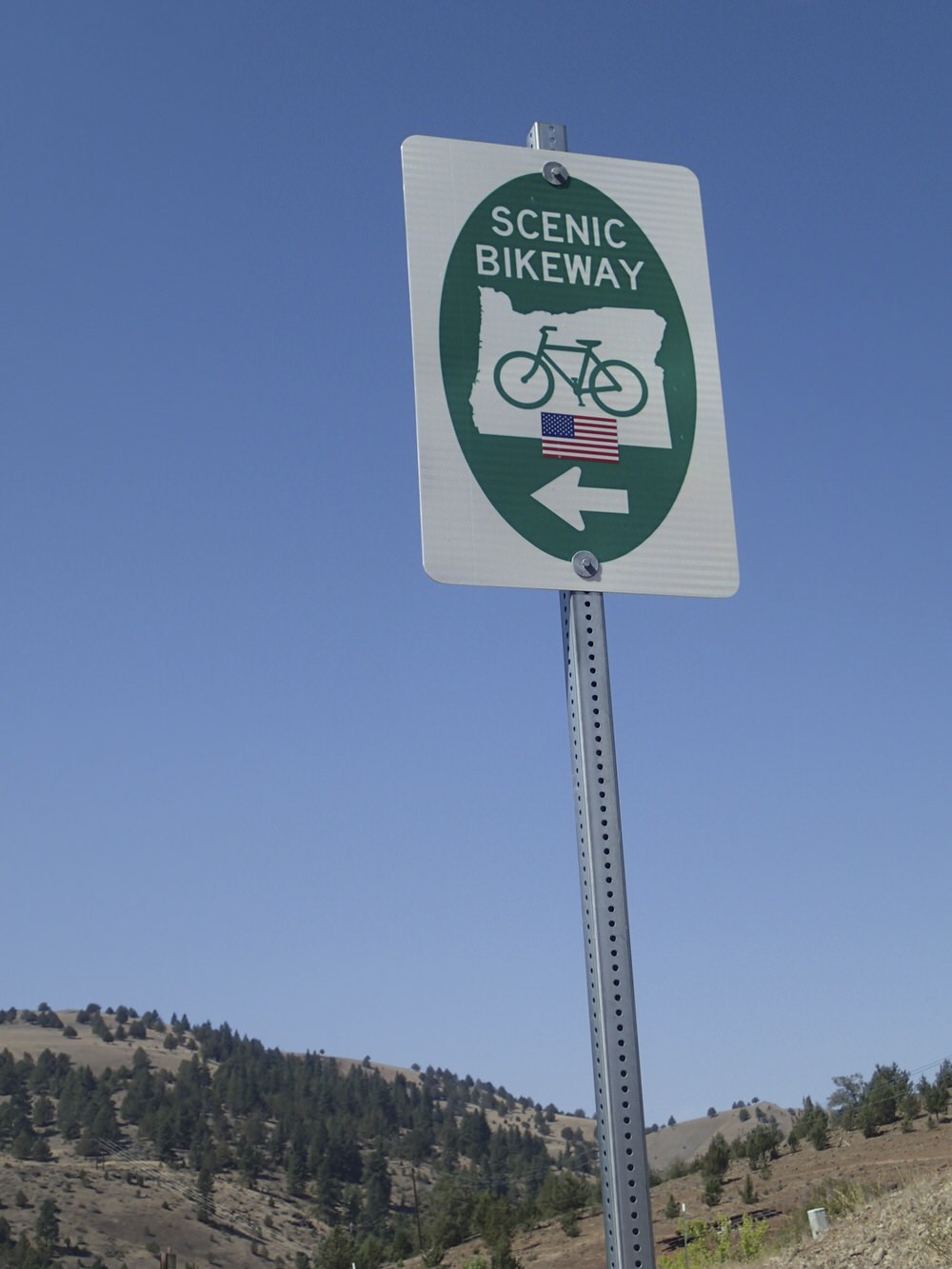
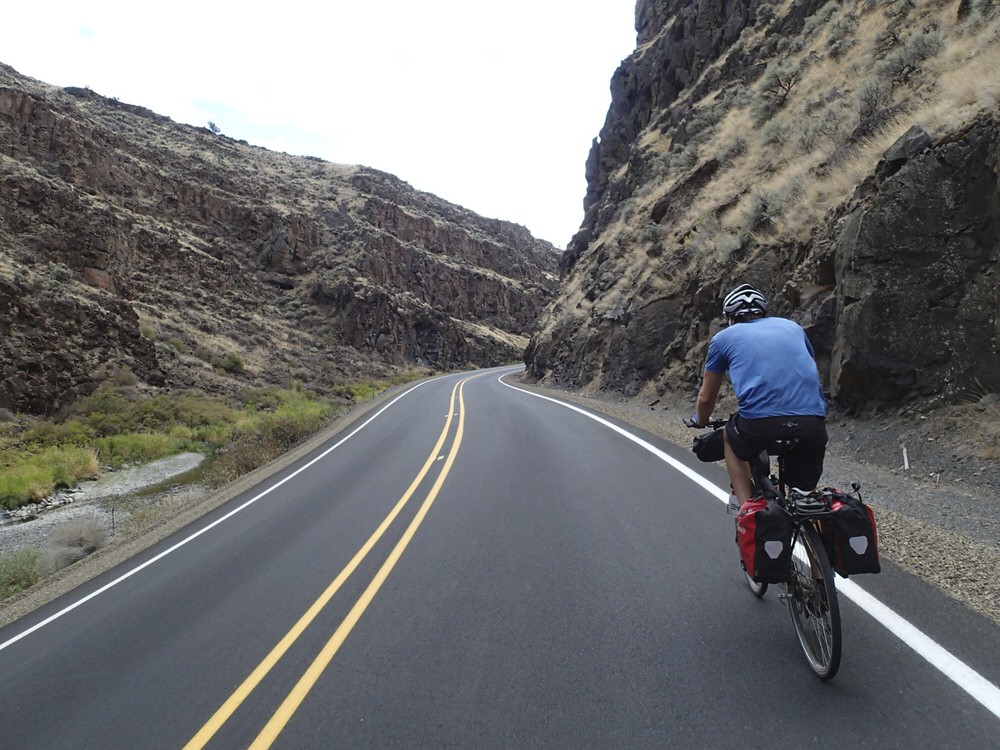
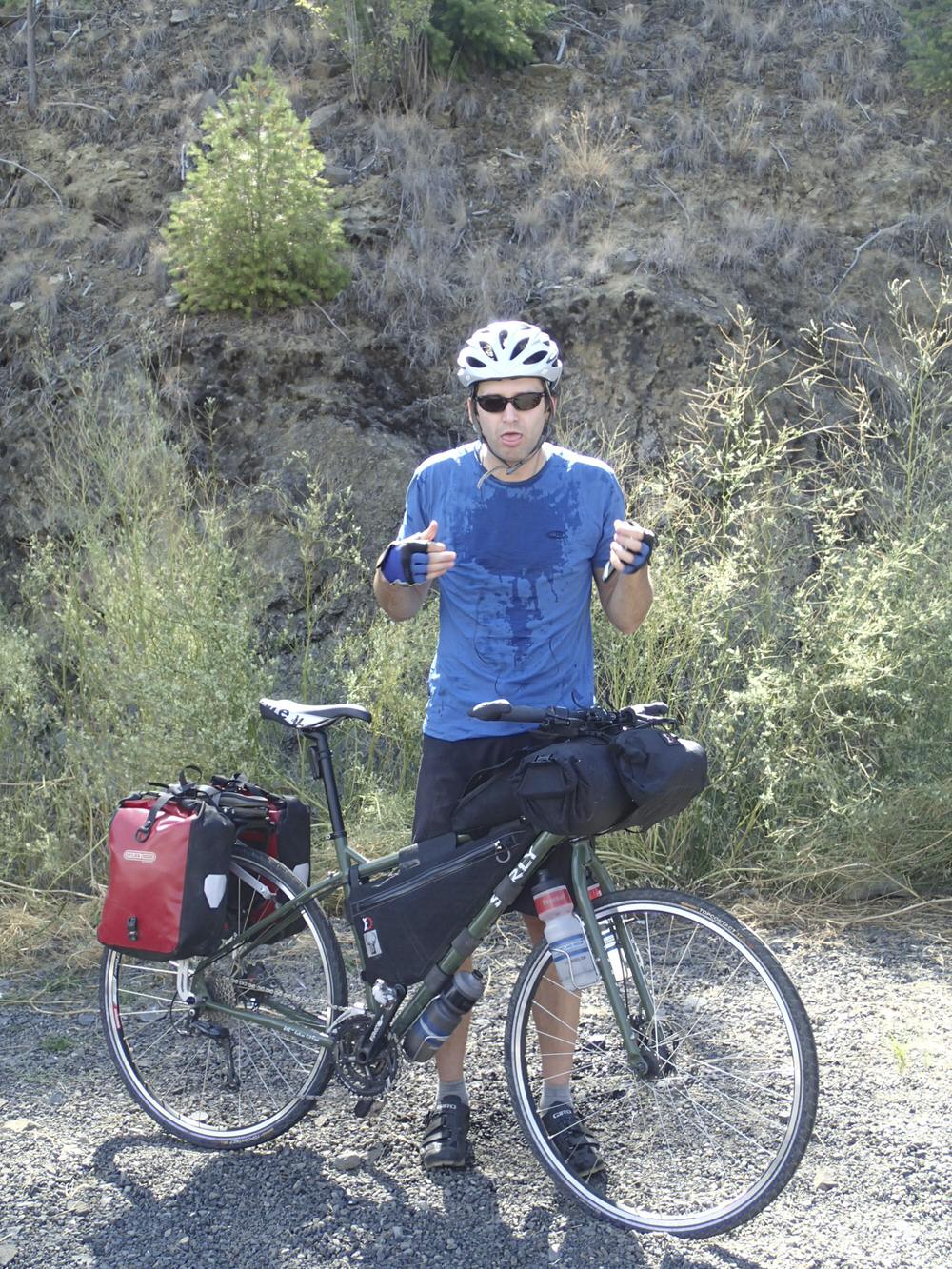

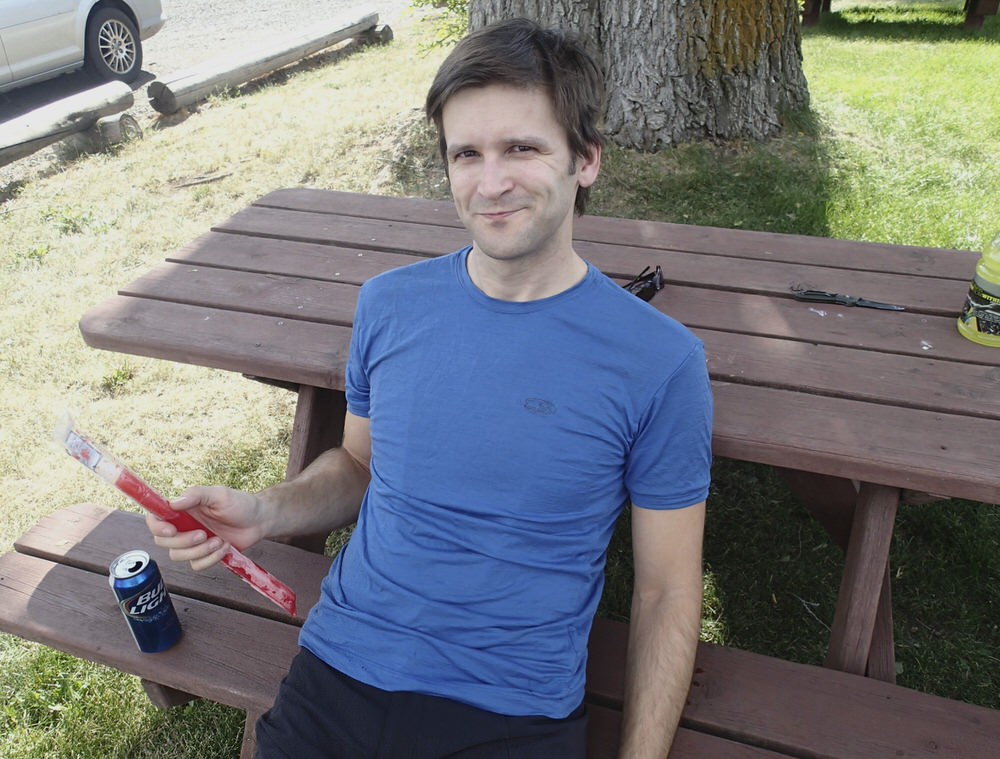


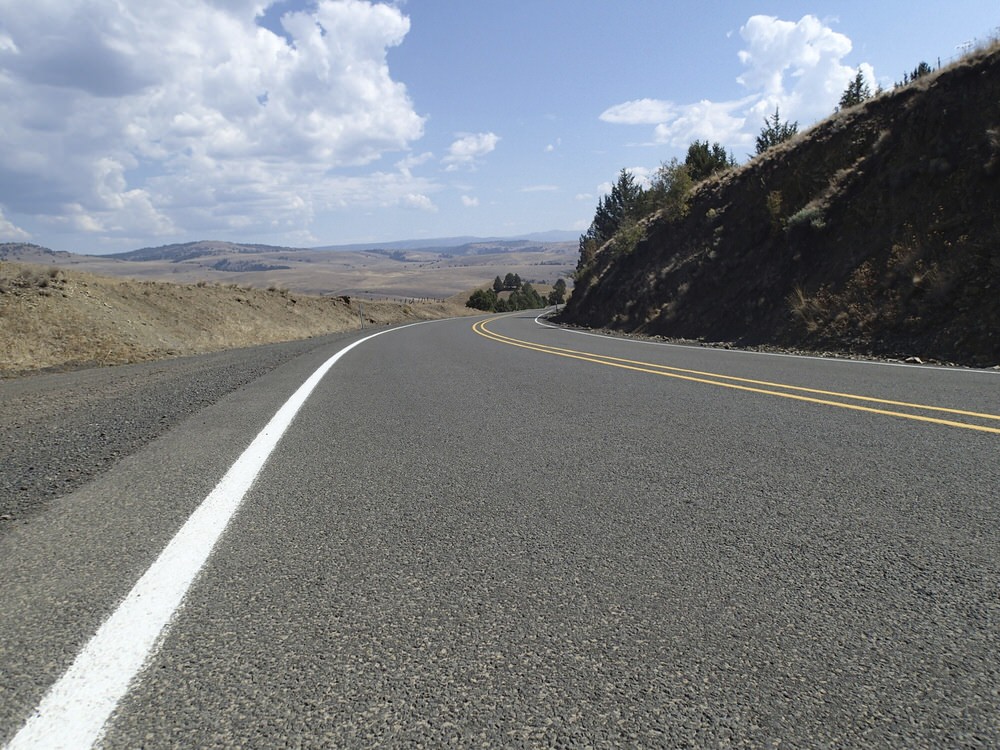
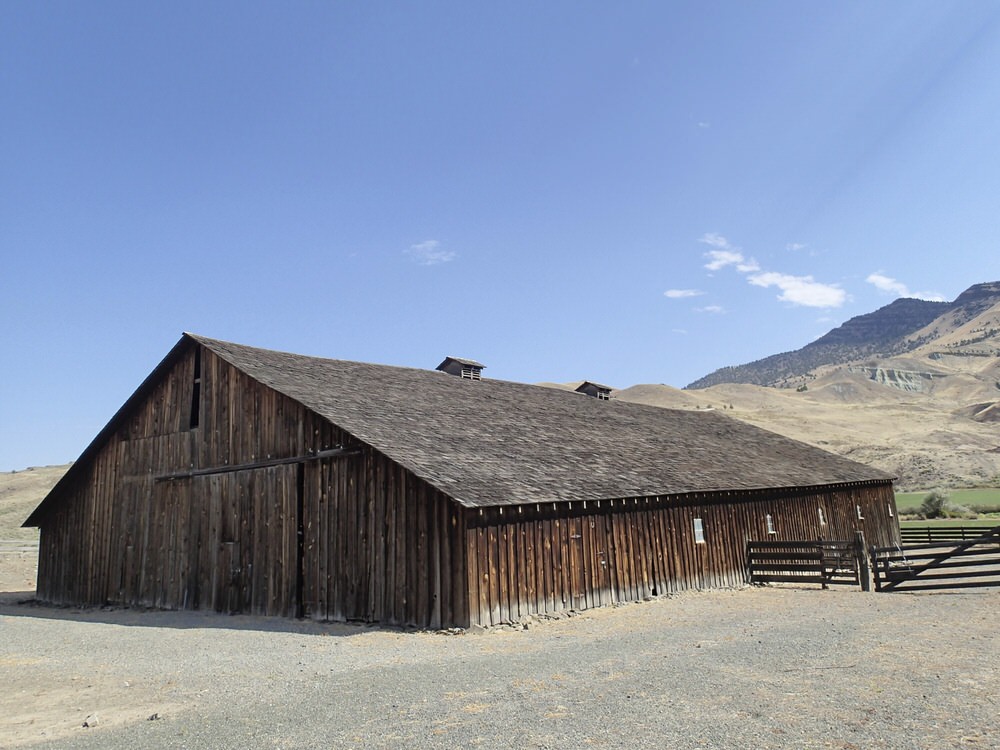
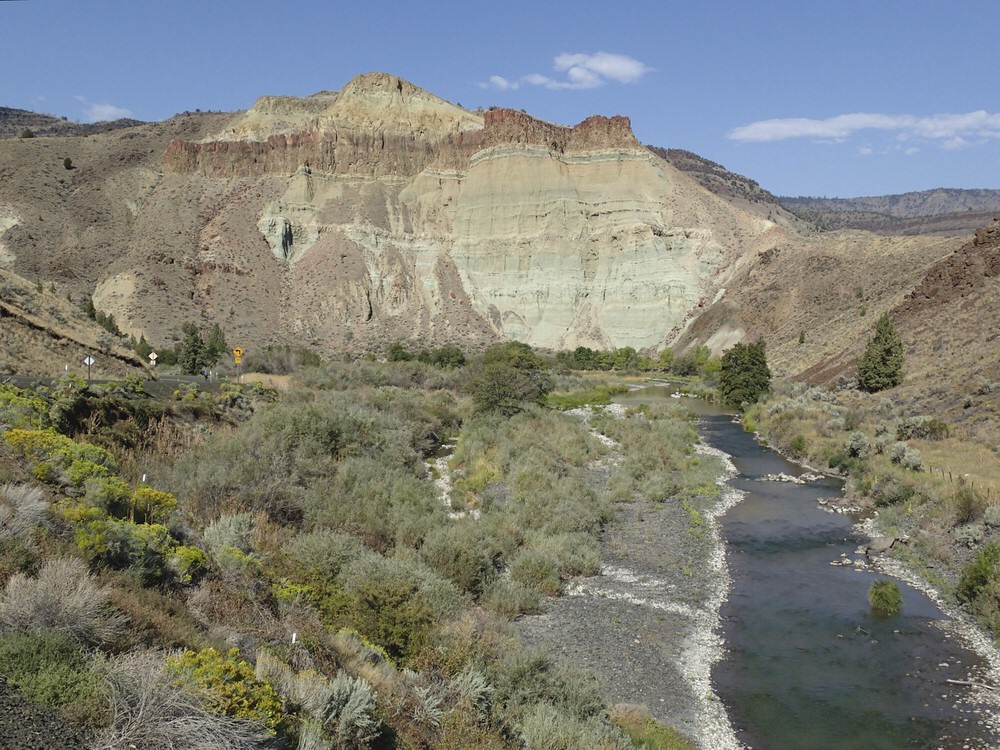
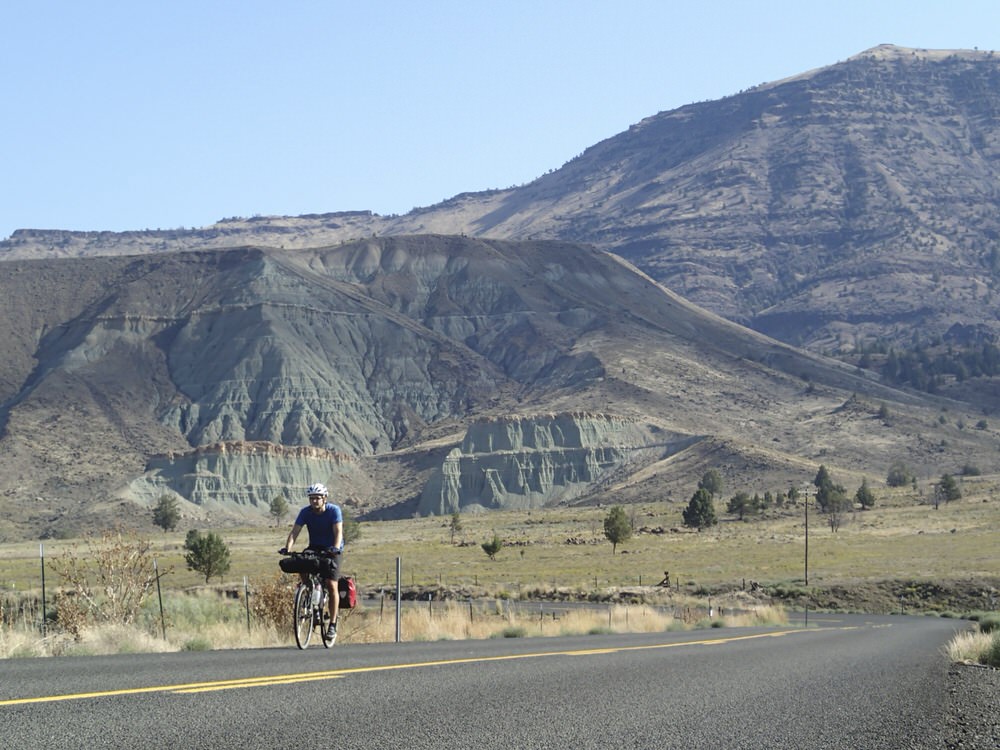
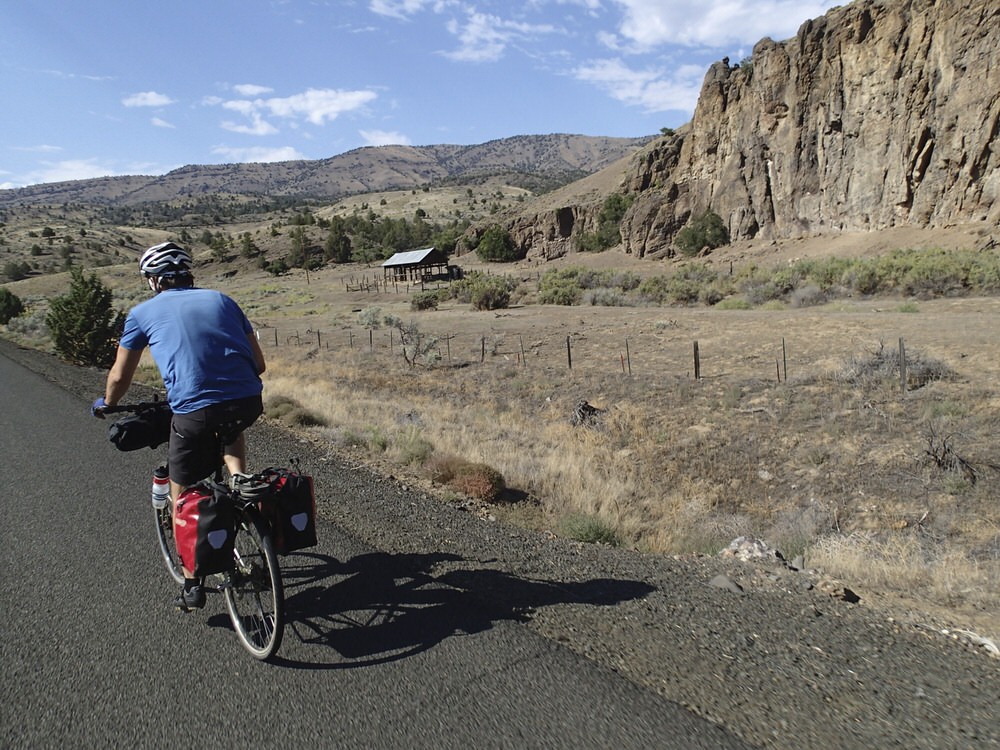
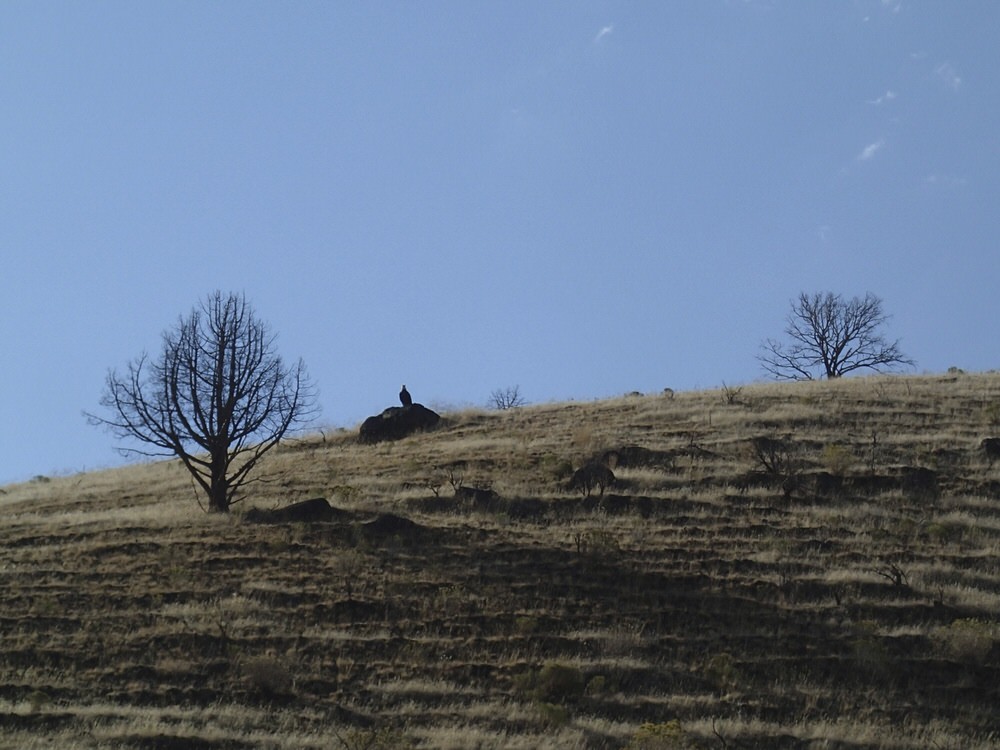

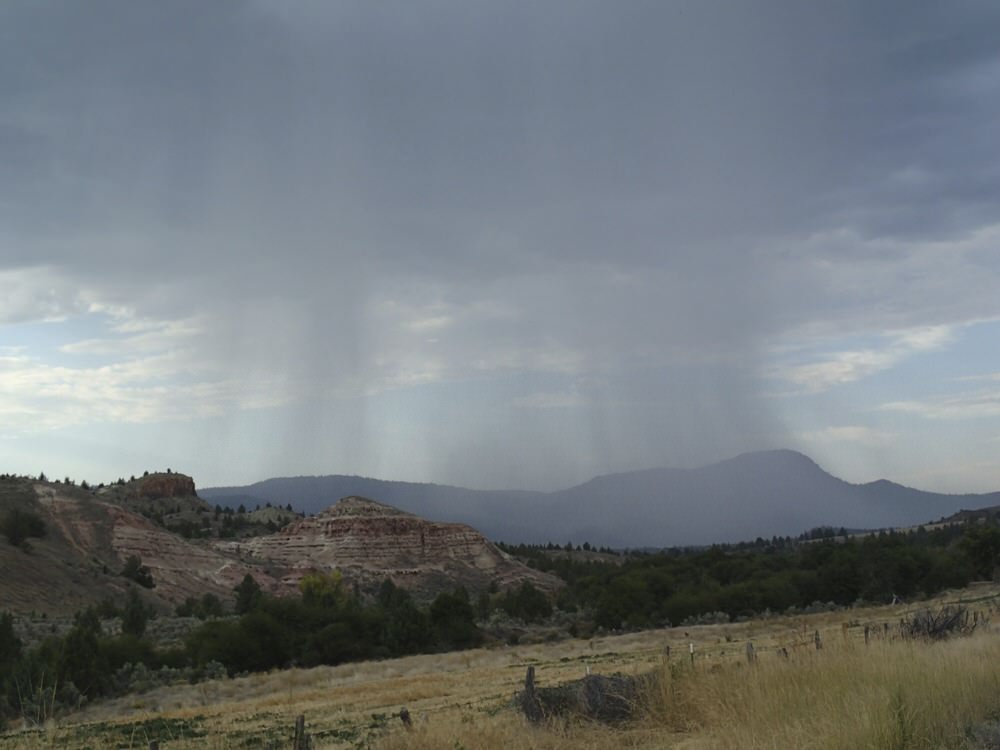
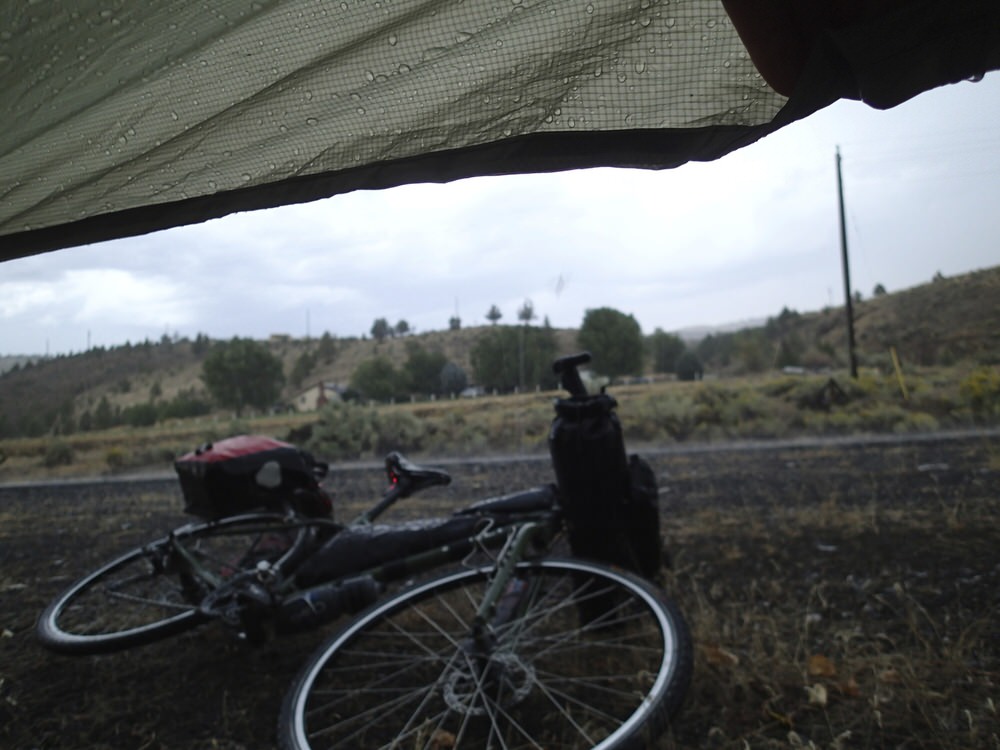

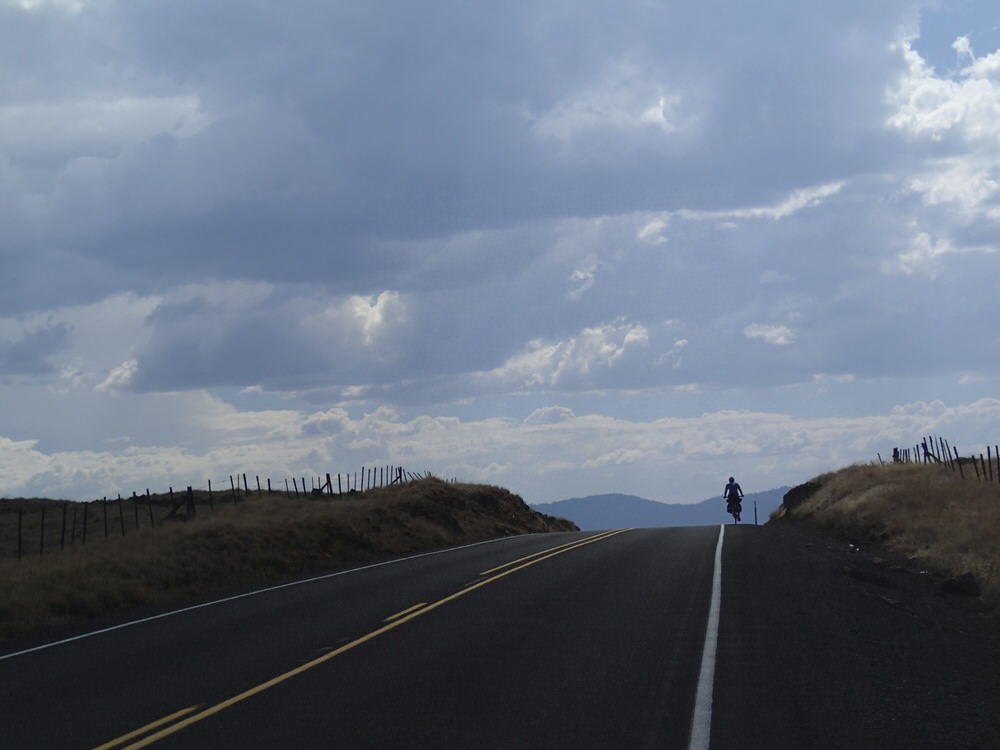




















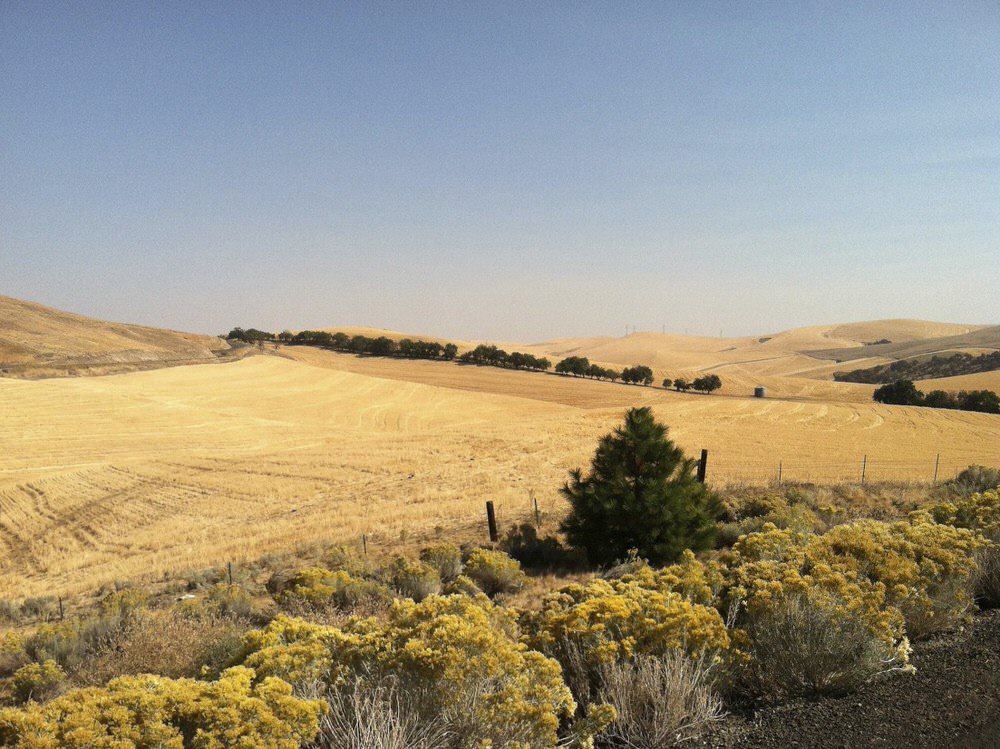


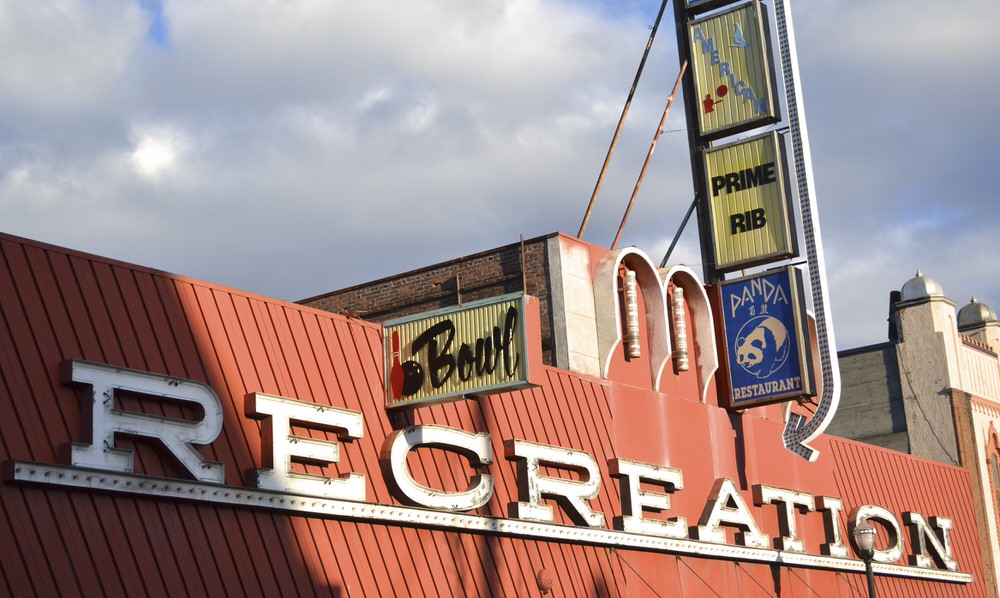
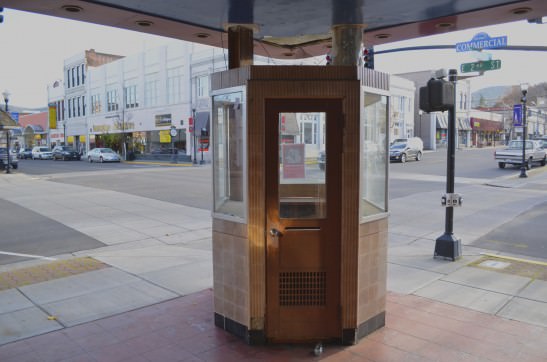


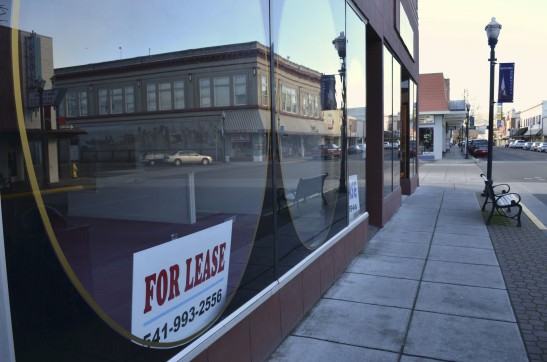
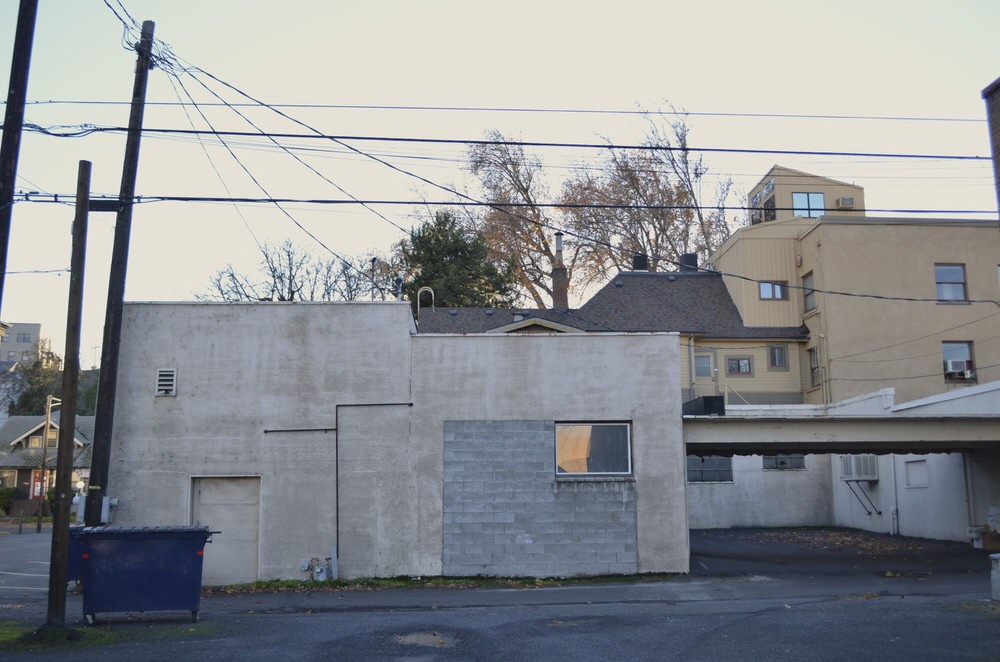

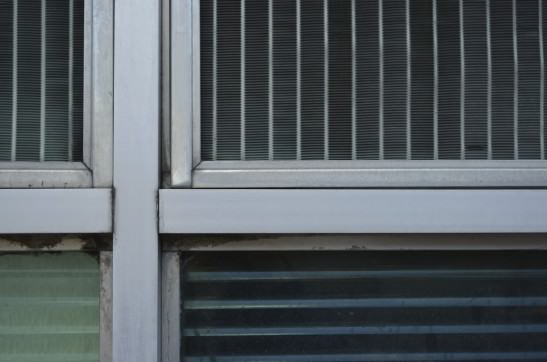
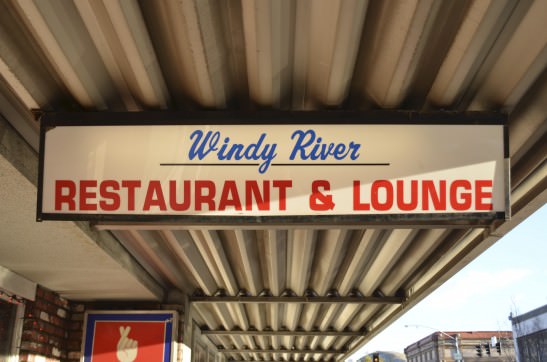
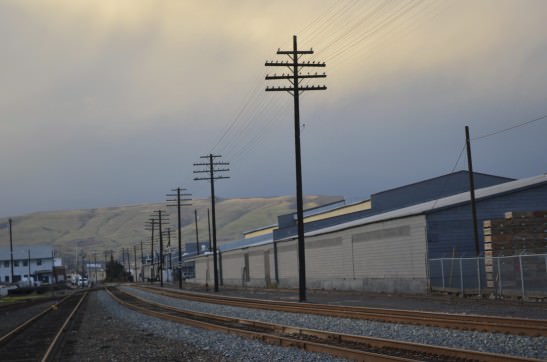

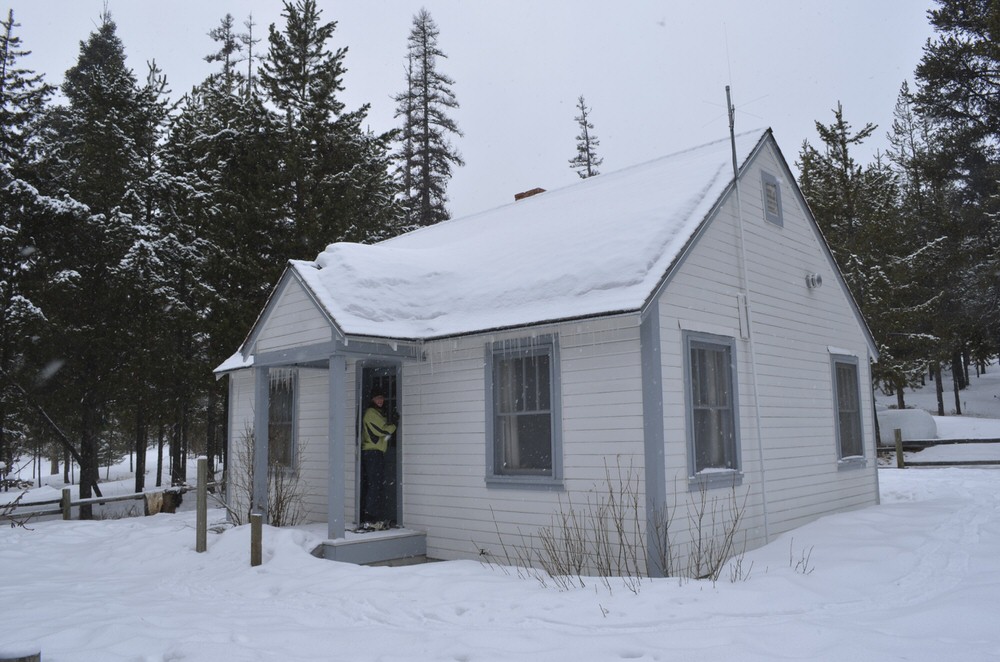



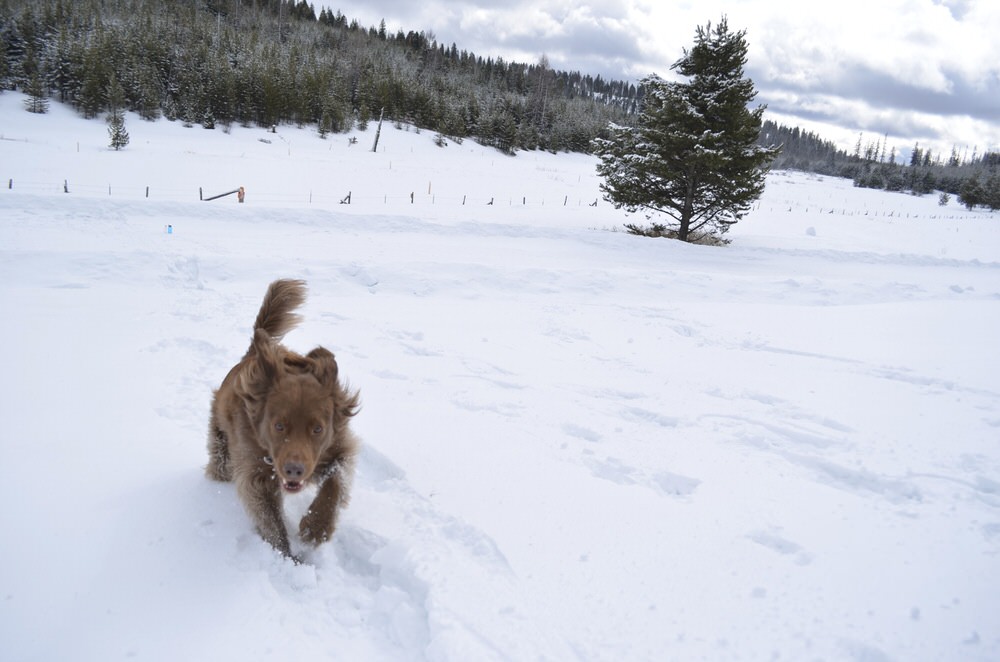
 Lots of running happened
Lots of running happened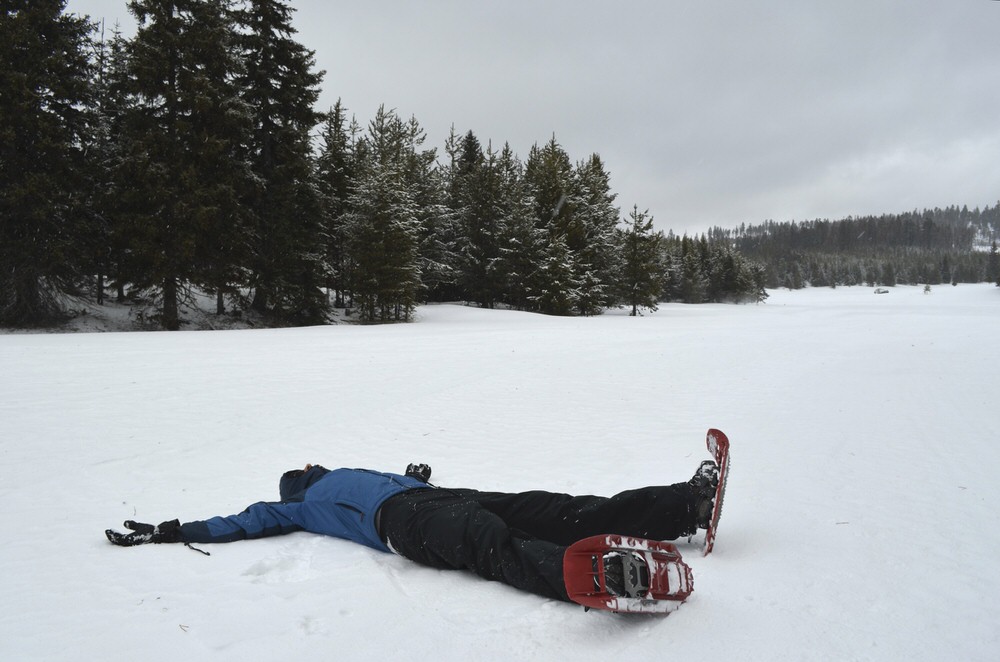




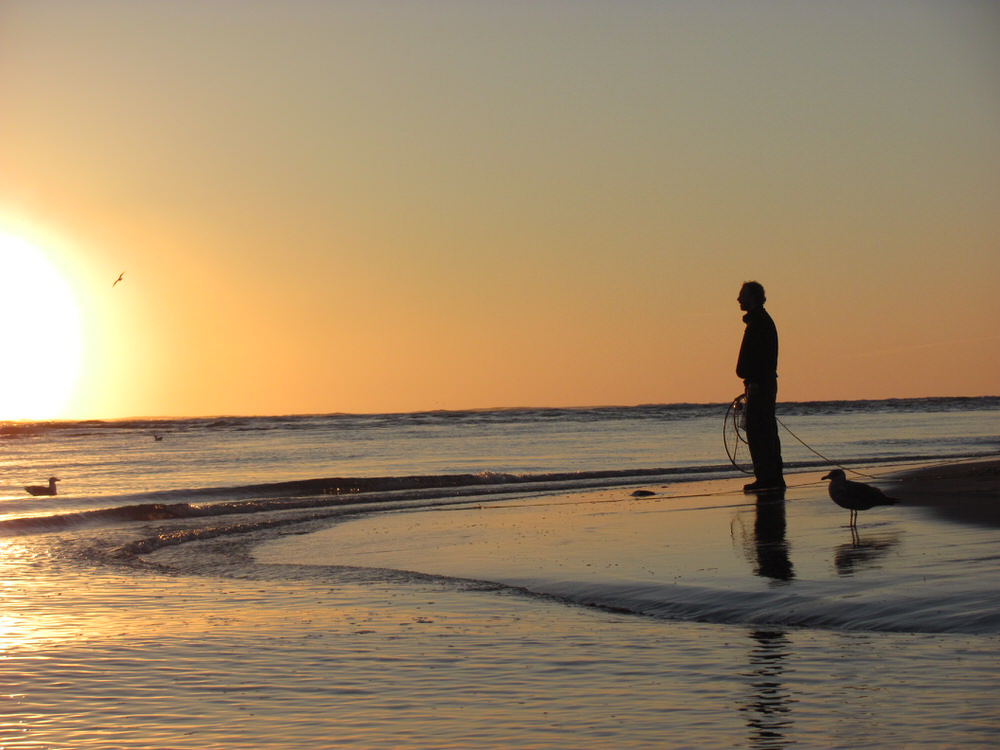





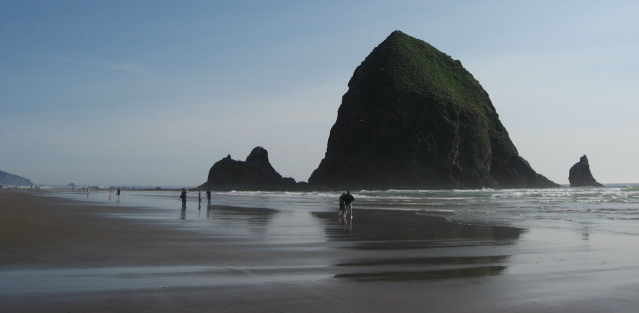


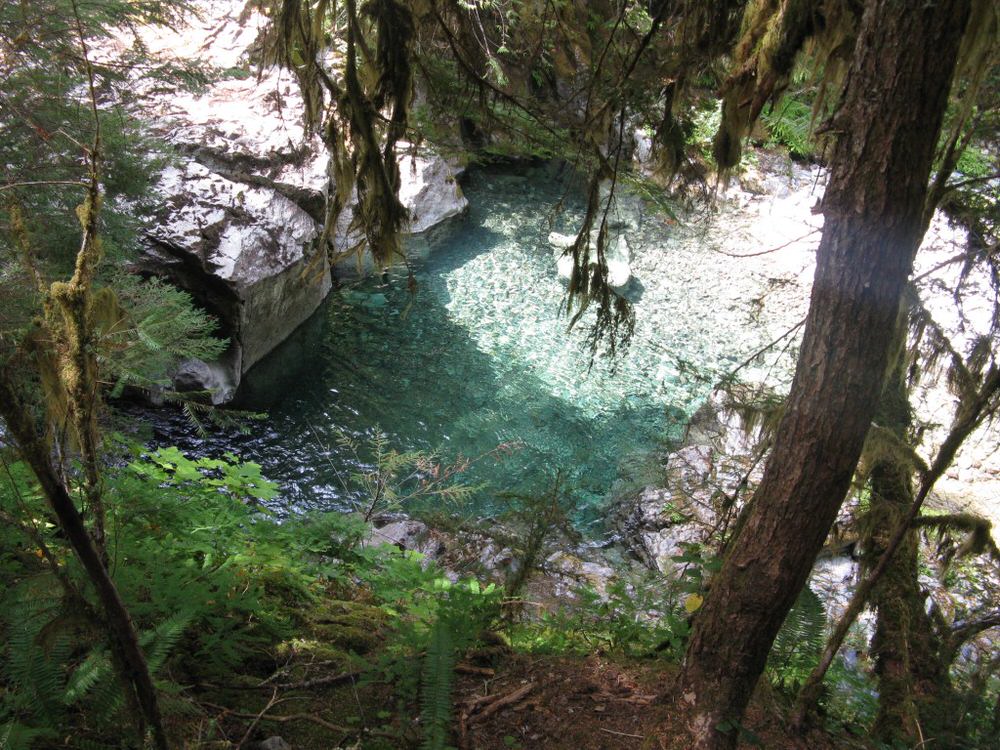
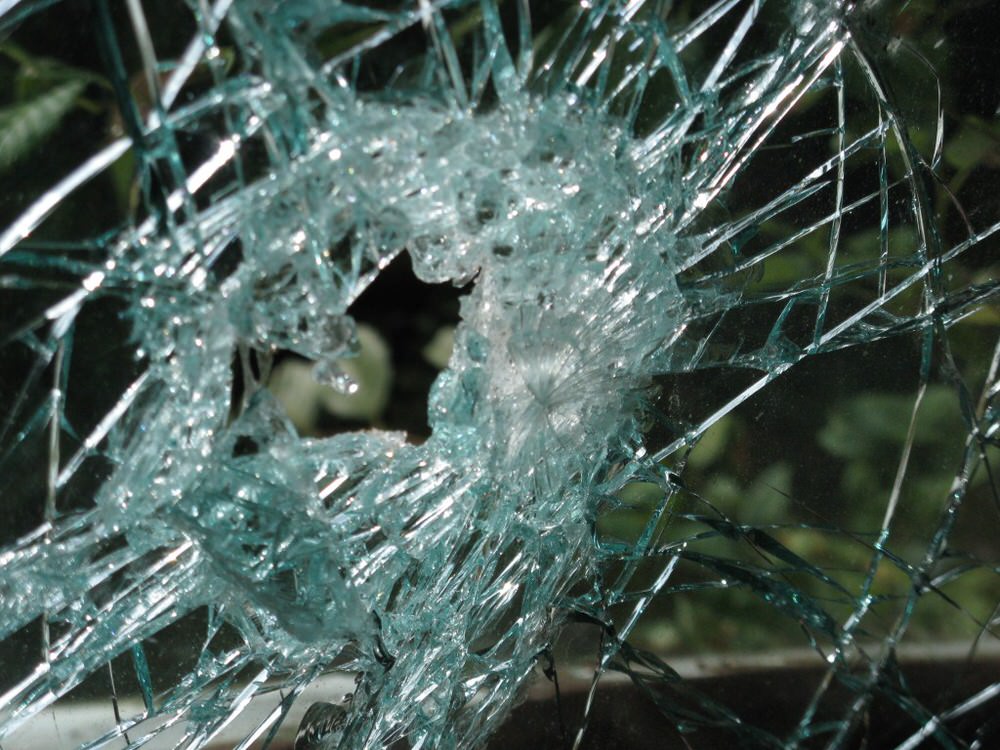
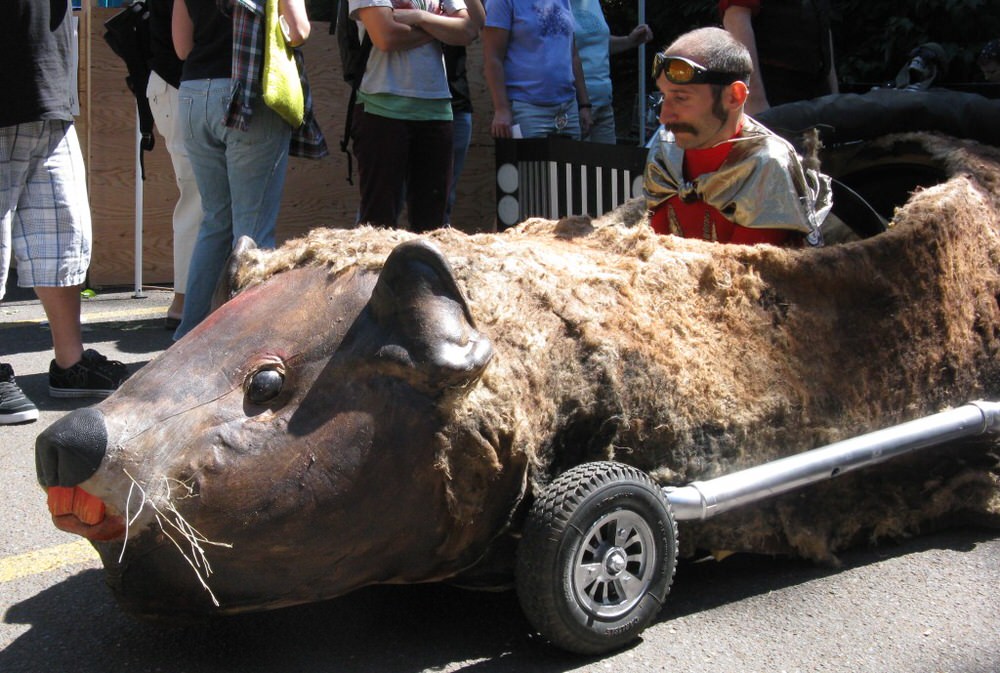
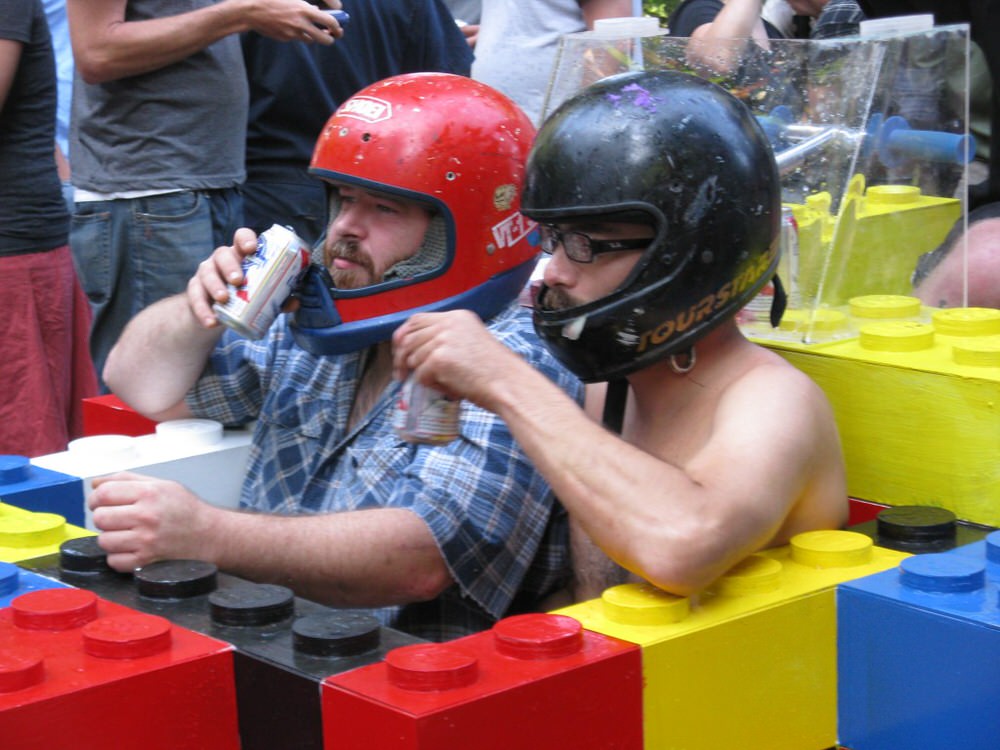
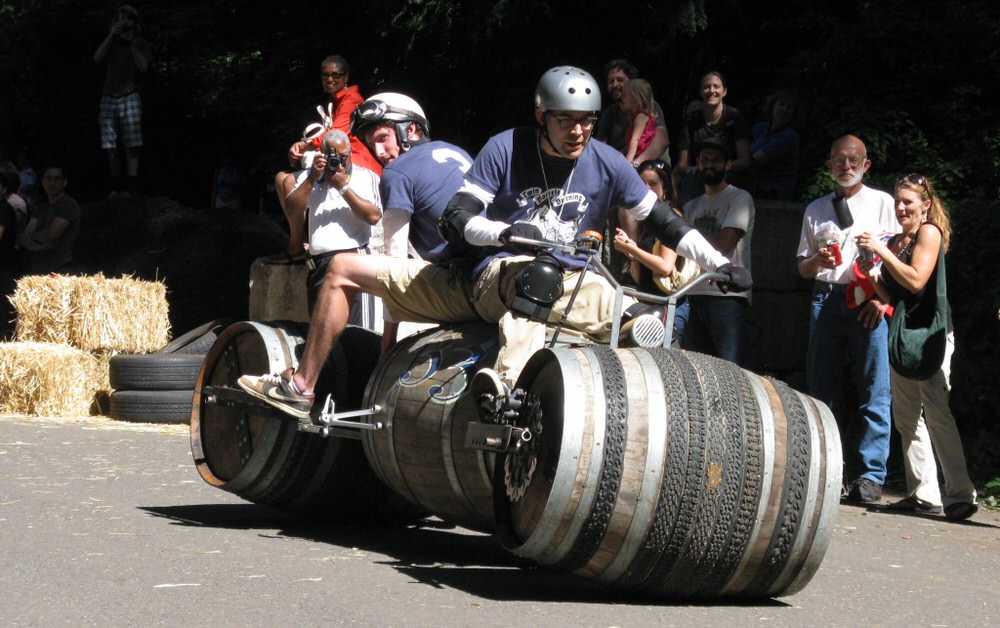

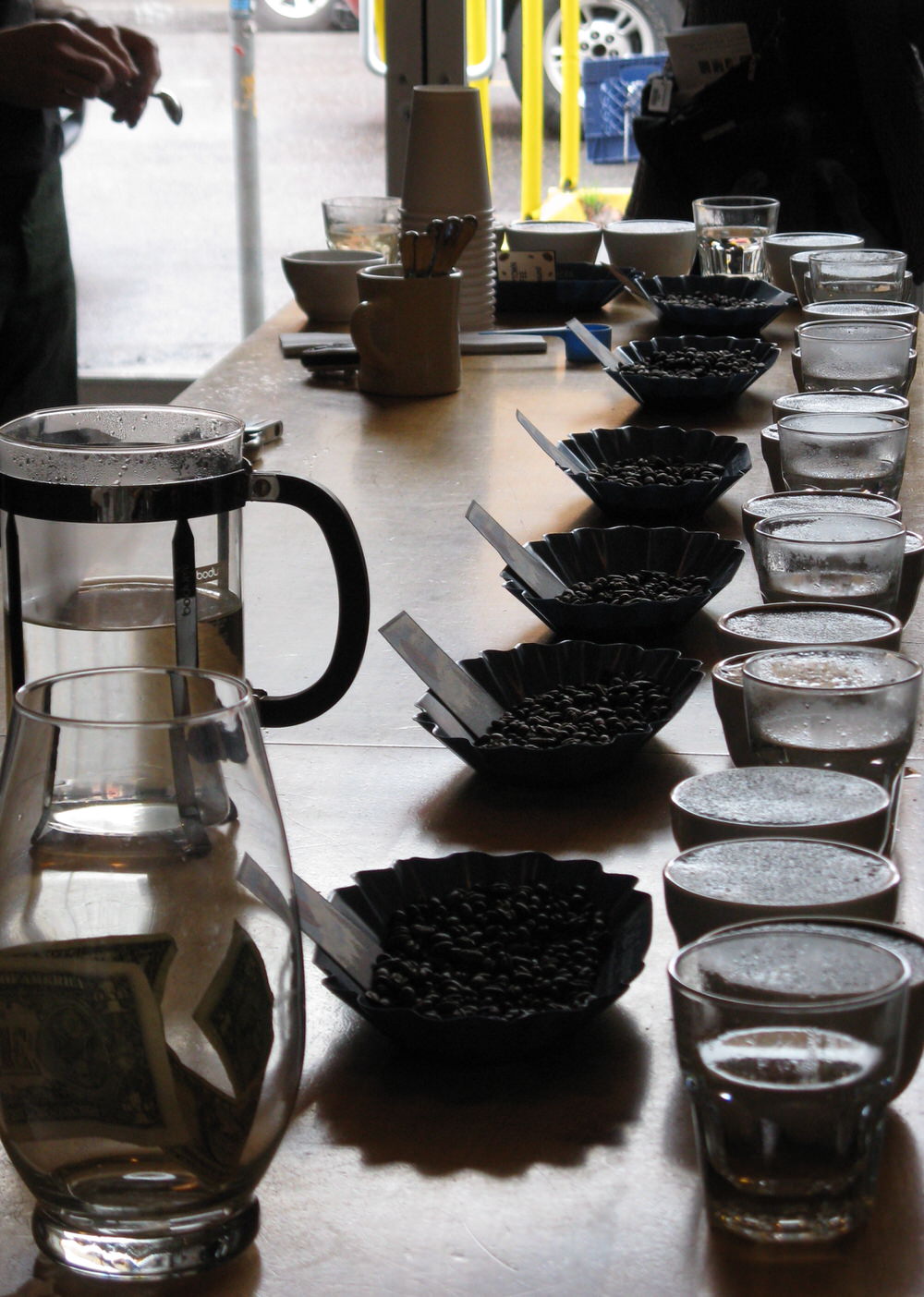

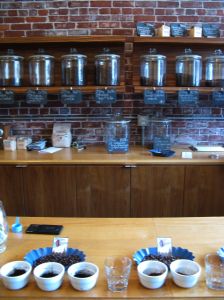
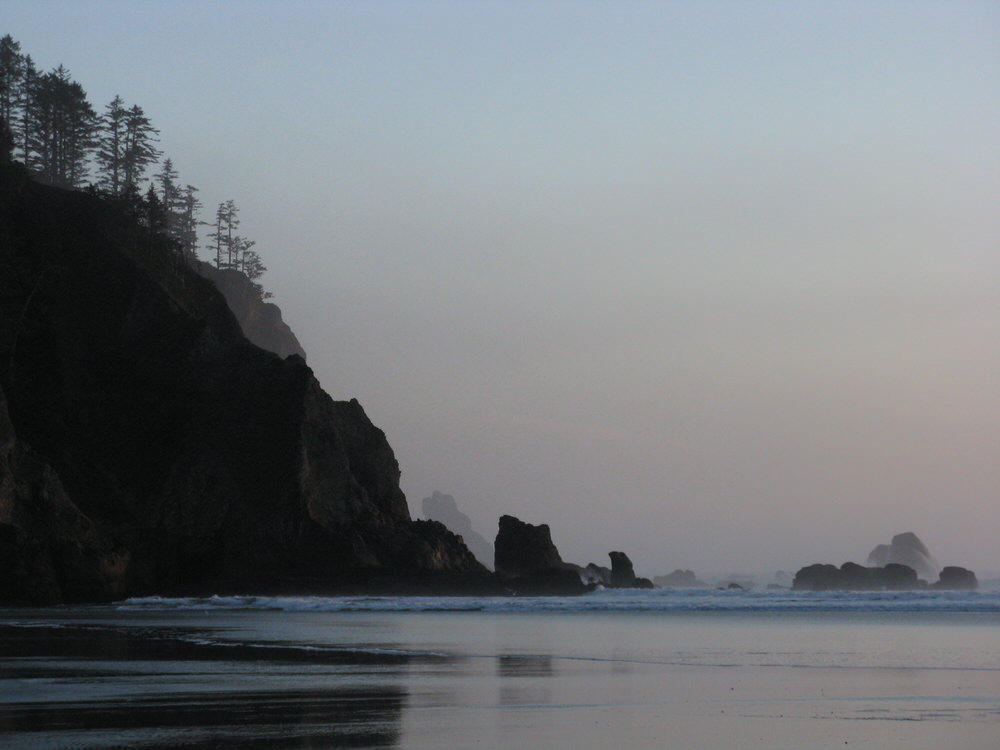
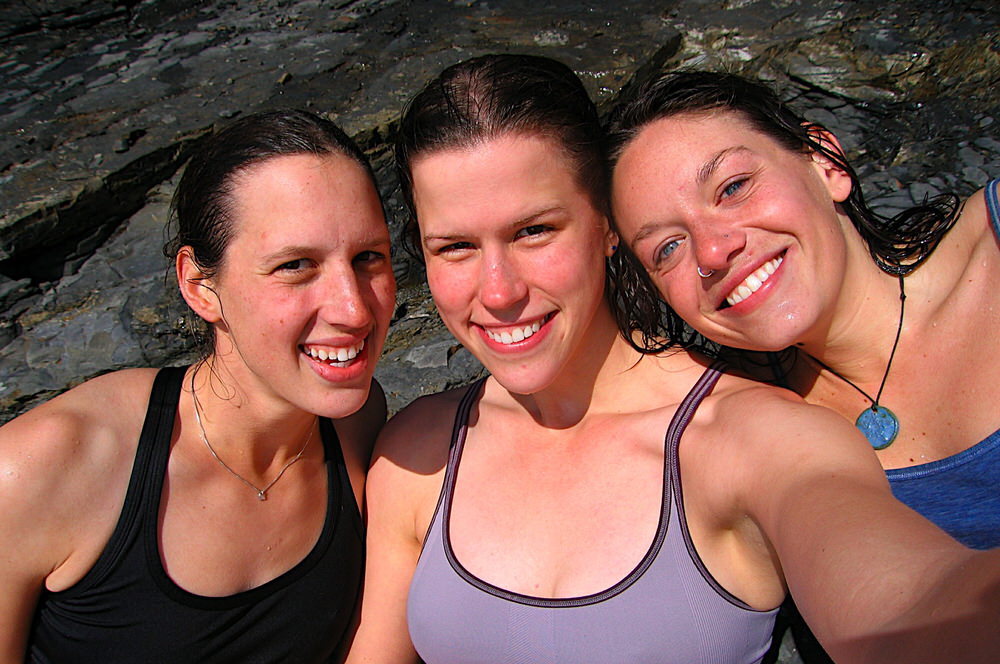
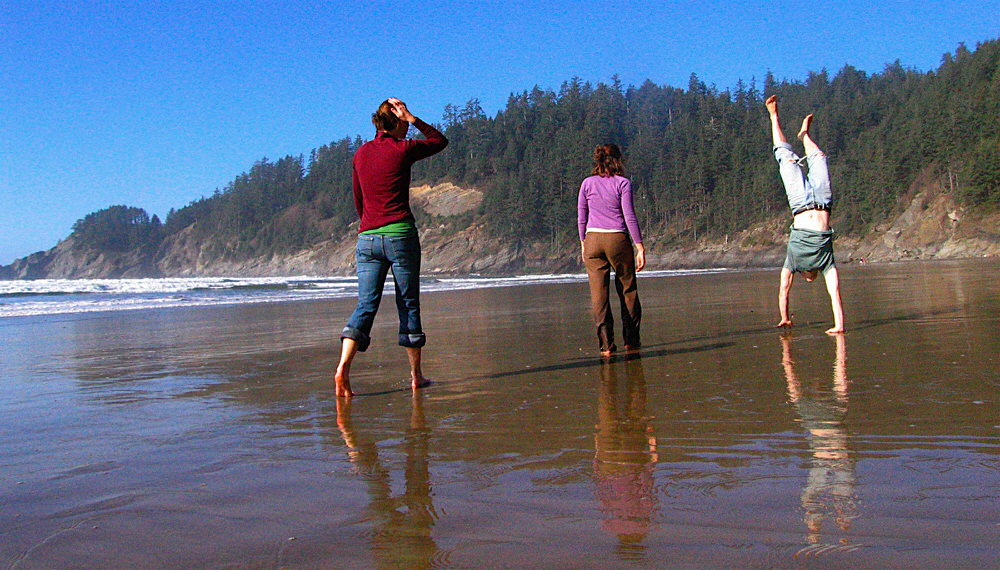
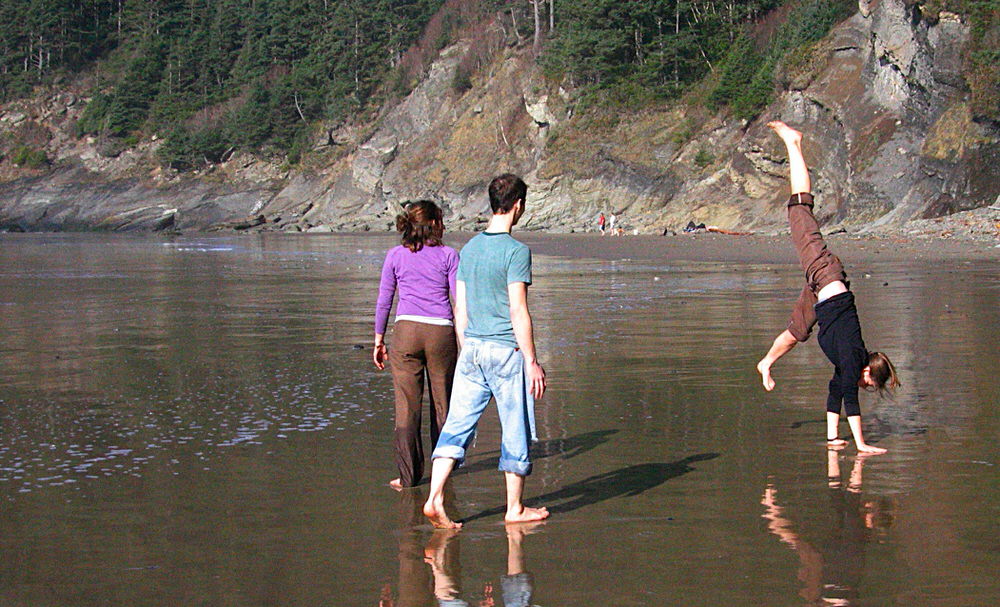
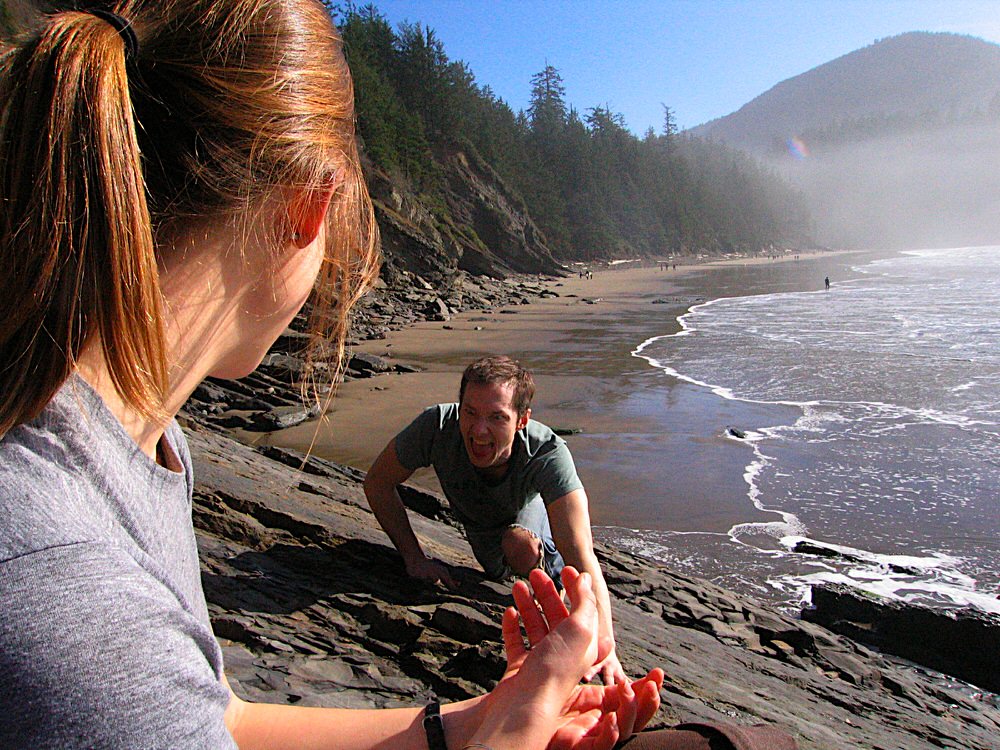
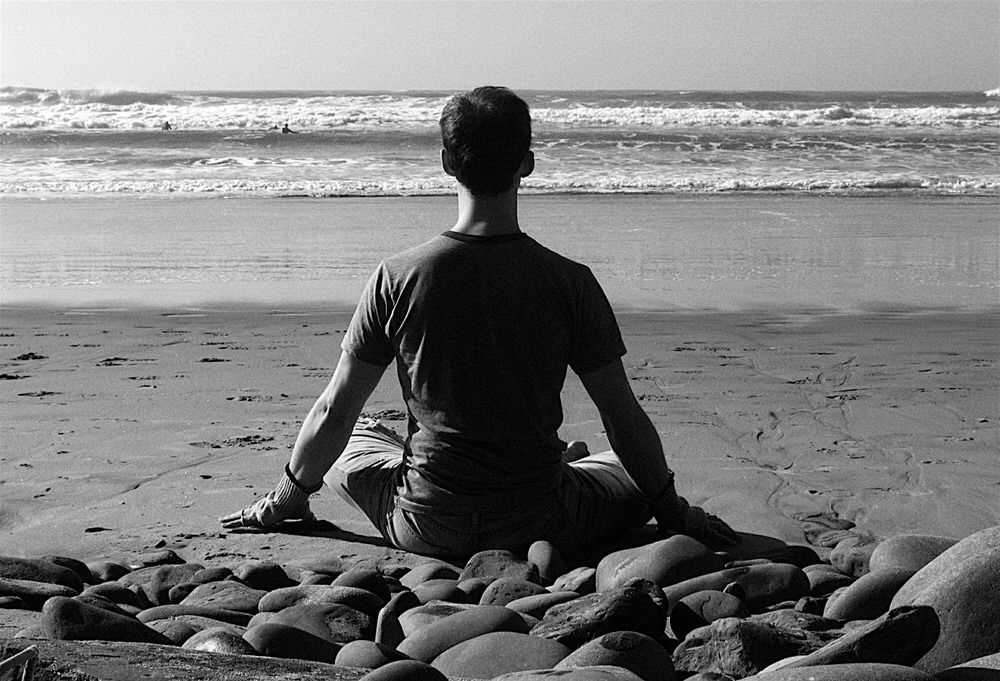
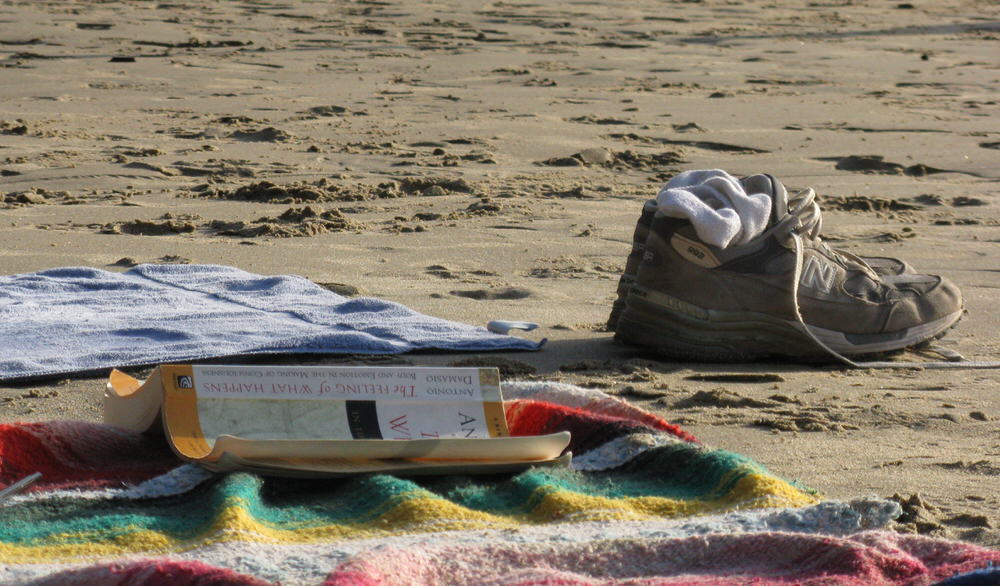
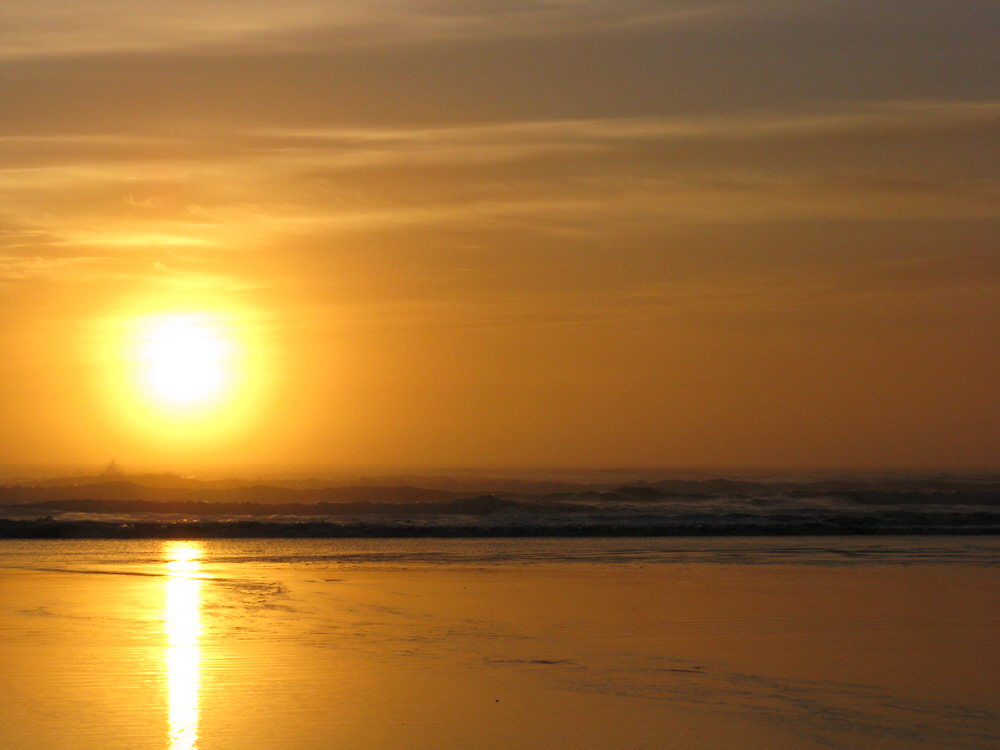
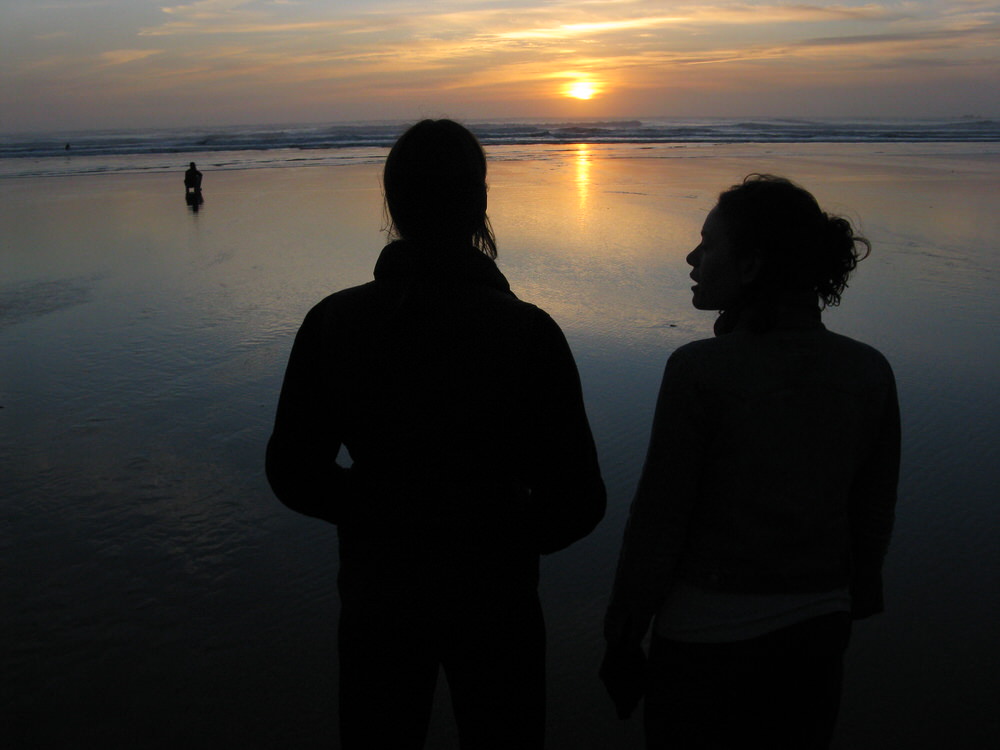
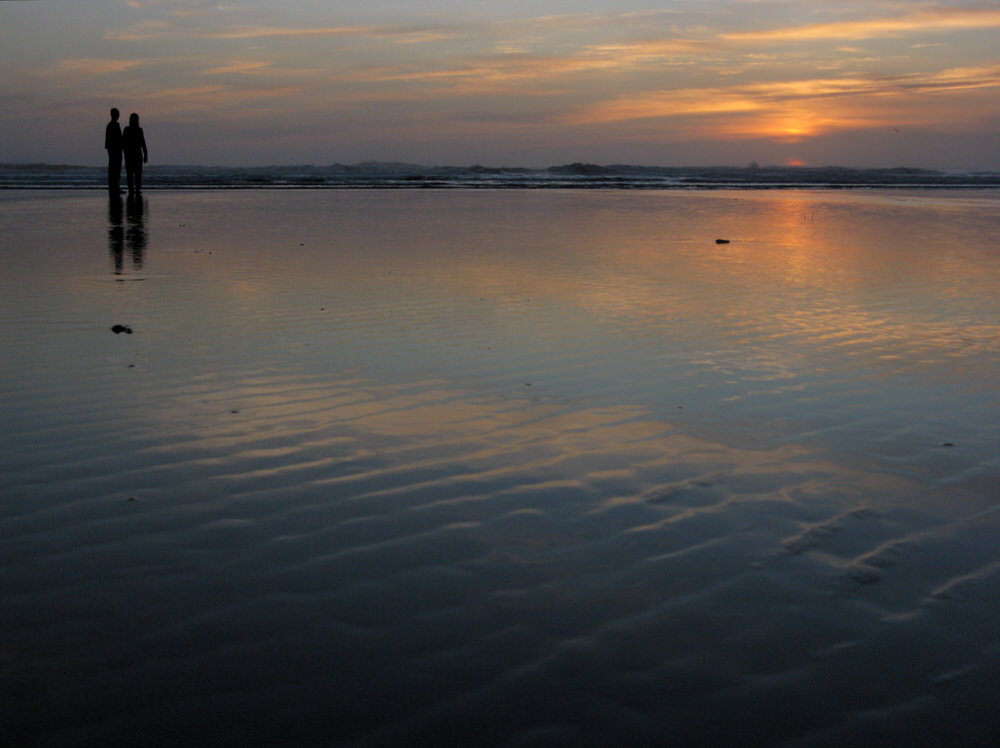
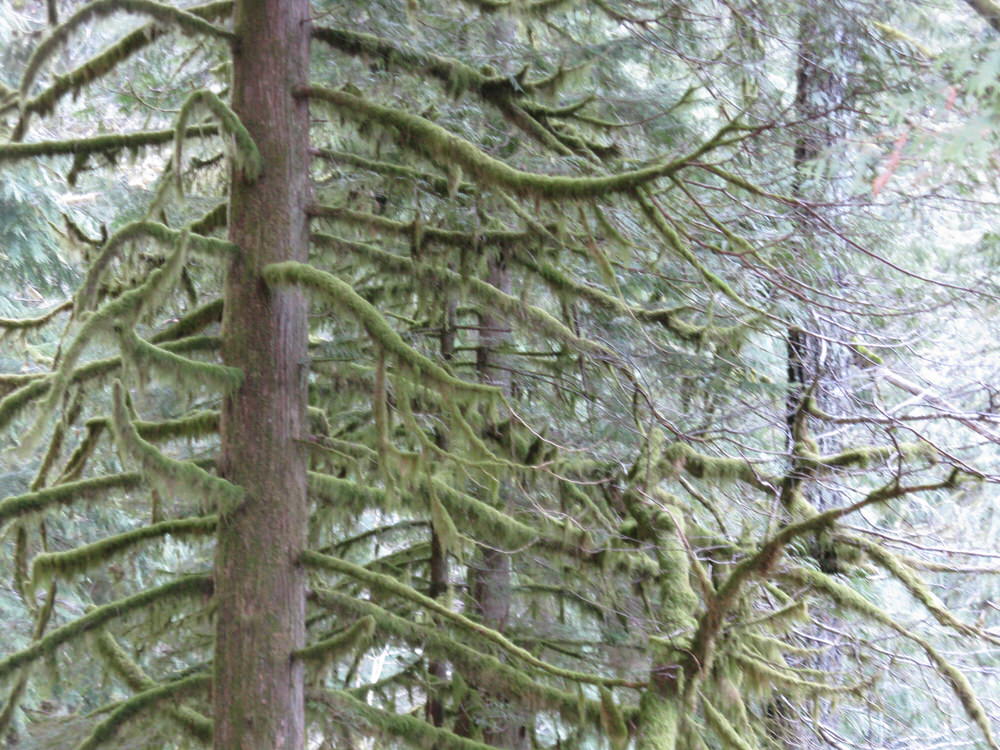 I would have loved the waterfalls. At least that's what my sister Laura told me as we turned around less than a mile into our hike on the
I would have loved the waterfalls. At least that's what my sister Laura told me as we turned around less than a mile into our hike on the 